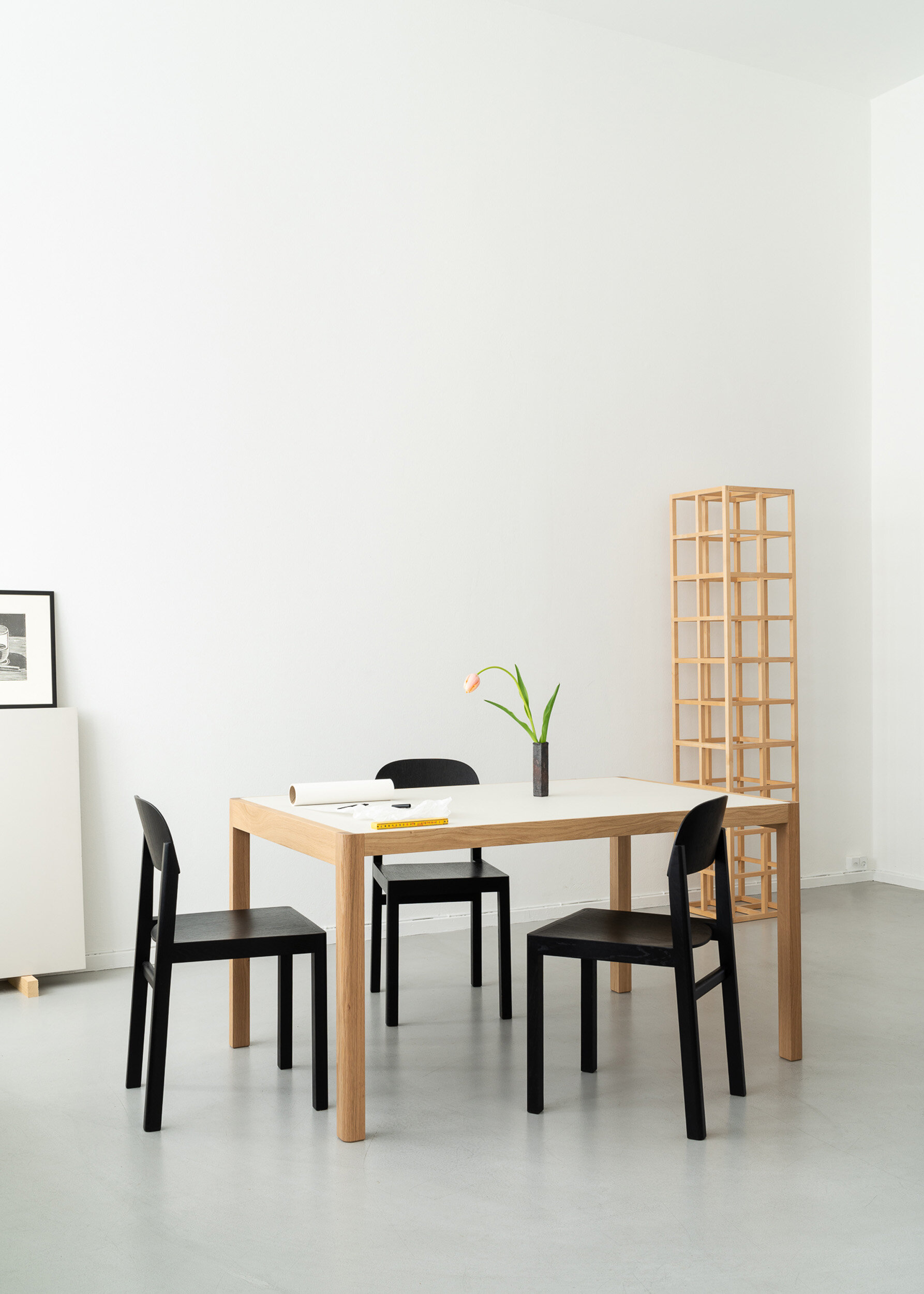Briscoe Park photography
American fine art photographer that enjoys Sci-fi like settings. Briscoe Park lives and travels in his van shooting strange concepts.
American fine art photographer that enjoys Sci-fi like settings. Briscoe Park lives and travels in his van shooting strange concepts.

Olivier Caron is a freelance director and motion designer who is based in Paris, busy creating outstanding characters filling the digital void of screen nature

3D designer based in the UK, Carla Batley, specialising in creating pieces of work that immerse the viewer in exciting and imaginary worlds. Carla particularly loves to create environments that have an abstract twist.

Buried, Joanna Grochowska
Joanna Grochowska is a contemporary artist exploring trans-humanism and human enhancement technologies.
Her work contributes to the dialogue about morphological freedom and the future.
The conceptual basis of her art are the notions of Transgression and Singularity.
An artist defines herself as a Project.

Opening the Future constitutes an immensely powerful and sophisticated body of work, which pursues the aim of exploring new post-human figurativeness. The dominant theme addresses the subject of transgressive corporality and encompasses the contexts of future, morphological freedom and human enhancement technologies.
The logical and inevitable progress of technology evolution implies the emergence of new paradigms of gender, body and identity. The body becomes a symptom of the unnatural, edited and superior life form, posing a question of the possible shift of ethical lines and a change in definition of what is human.

Opening the Future extends the discourse of the Post Human, a visionary series of exhibitions curated by Jeffrey Deitch in 1992, which manifested the embrace of artificiality and projected the role of artists beyond redefining art; towards redefining life. The work of Joanna Grochowska integrates with the concepts of human enhancement technologies, the ideas of Elon Musk, Raymond Kurzweil and Jennifer Doudna, awarded the Nobel Prize for the development of a revolutionary genome editing method; seeking the new aesthetics of the future.
The exhibition Opening the Future is presented at the Størpunkt Gallery Munich; on view until August 7, 2021 every Thursday to Saturday from 3 p.m. to 7 p.m. The general corona rules apply.
Størpunkt Gallery
Tengstraße 32a, 80796 Munich
Yinka Ilori is a London based multidisciplinary artist of a British-Nigerian heritage, who specialises in storytelling by fusing his British and Nigerian heritage to tell new stories in contemporary design. He began his practice in 2011 up-cycling vintage furniture, inspired by the traditional Nigerian parables and West African fabrics that surrounded him as a child.


Stockholm-based digital artist and art director, Daniel Carlsten worked as an art director at Acne before starting to work freelance. He has since been commissioned by clients such as Le Bon Marché, Herman Miller, Rimowa, Van Cleef & Arpels, and done editorial work for Dwell Magazine and Nowness.

His work is represented in the permanent collections of the National Museum in Stockholm and the Röhsska Design Museum in Gothenburg.
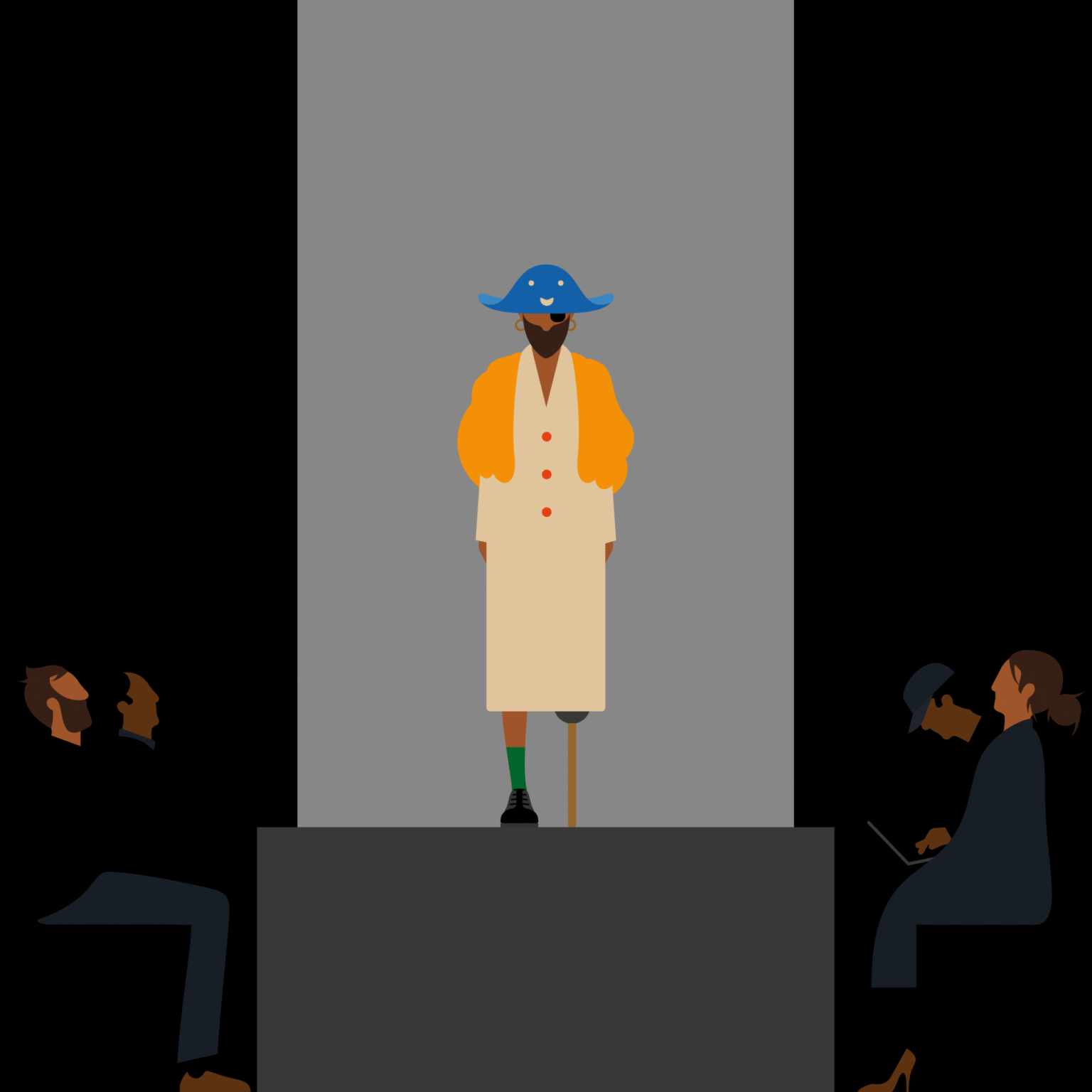
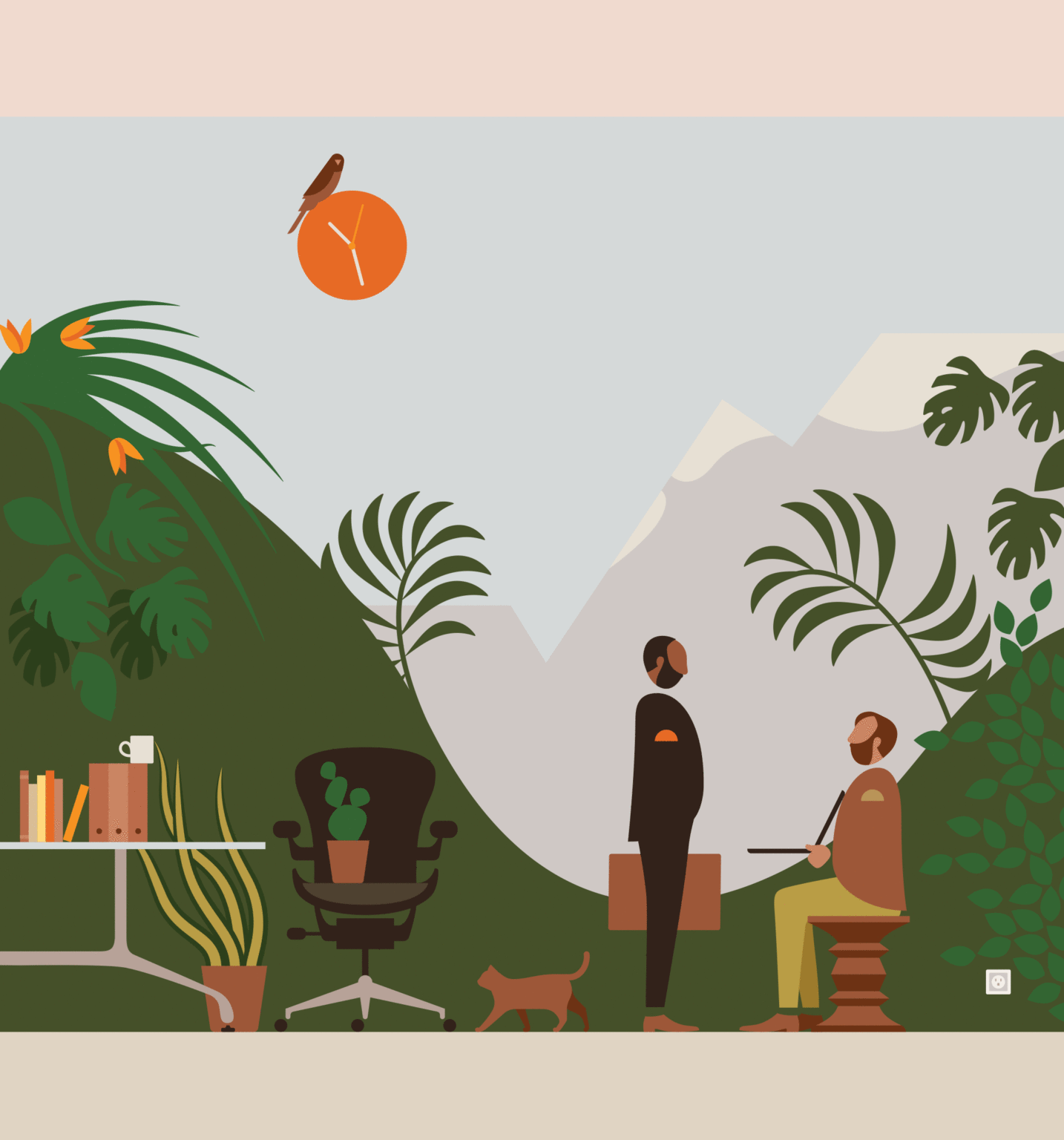
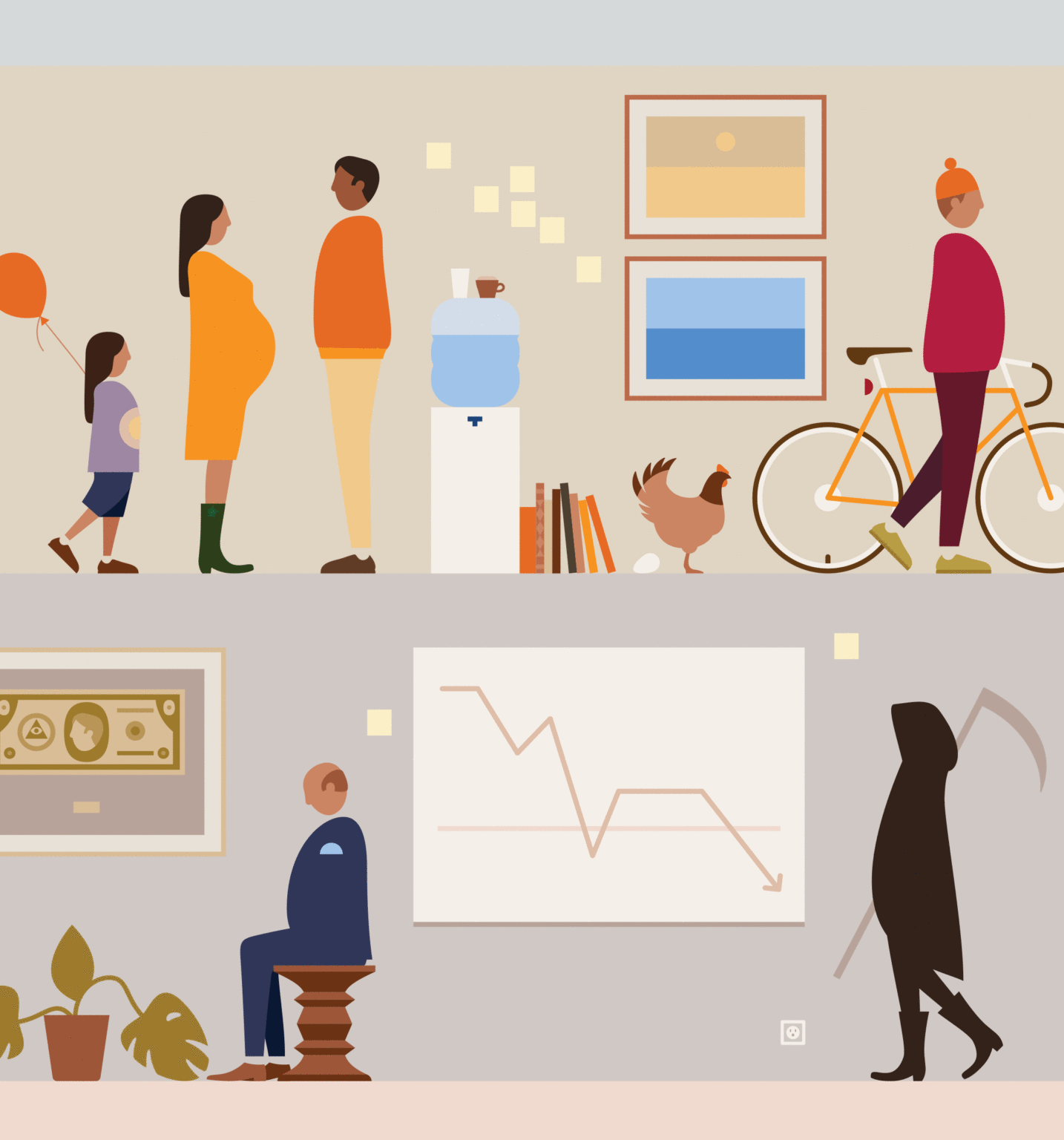
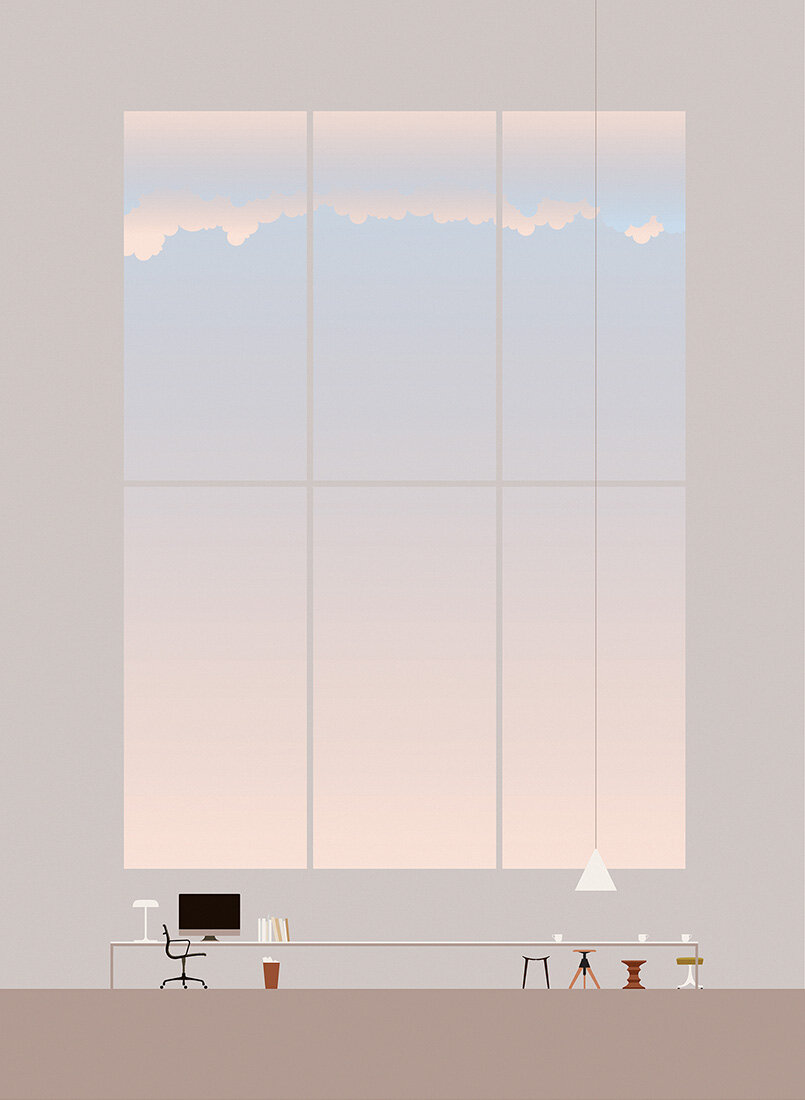
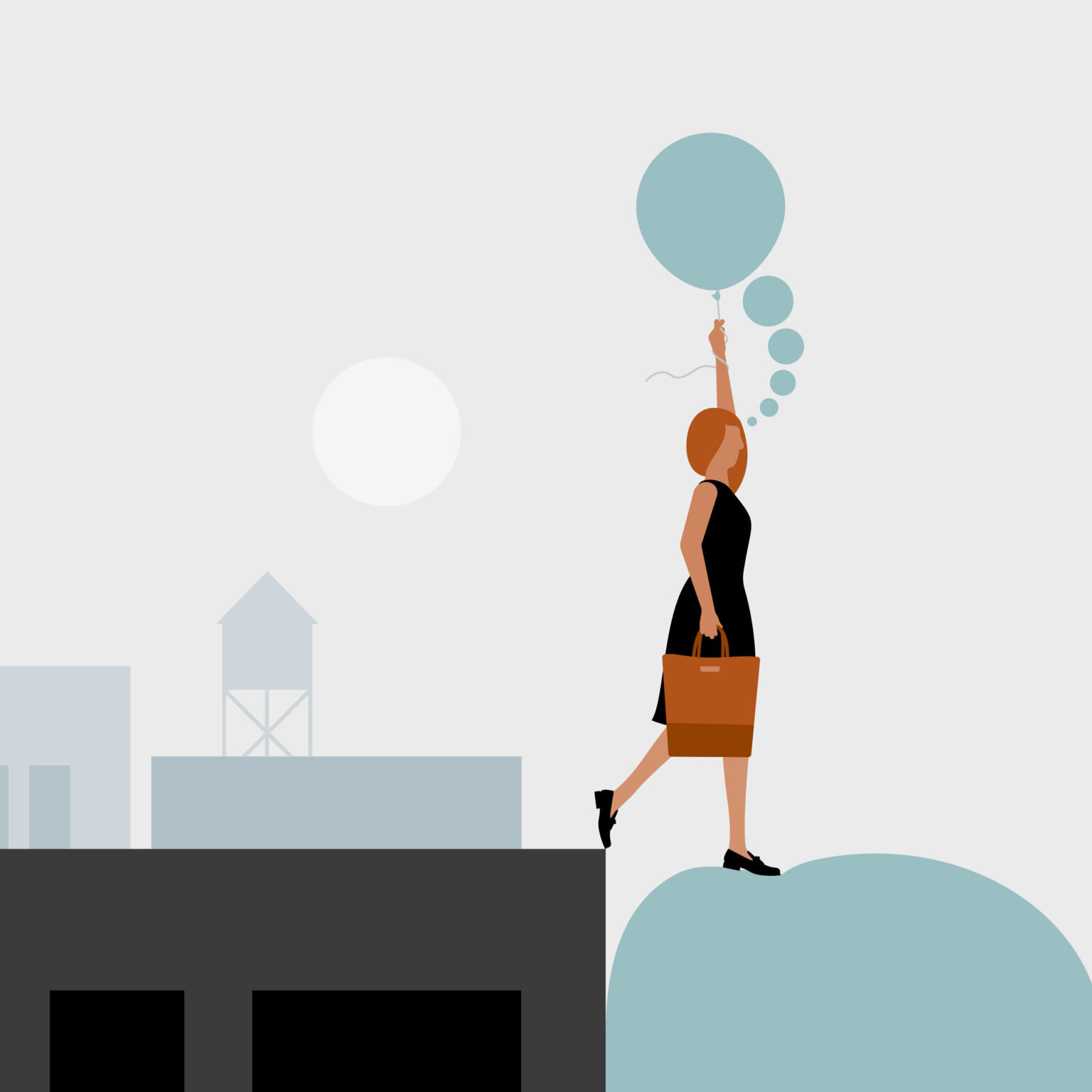
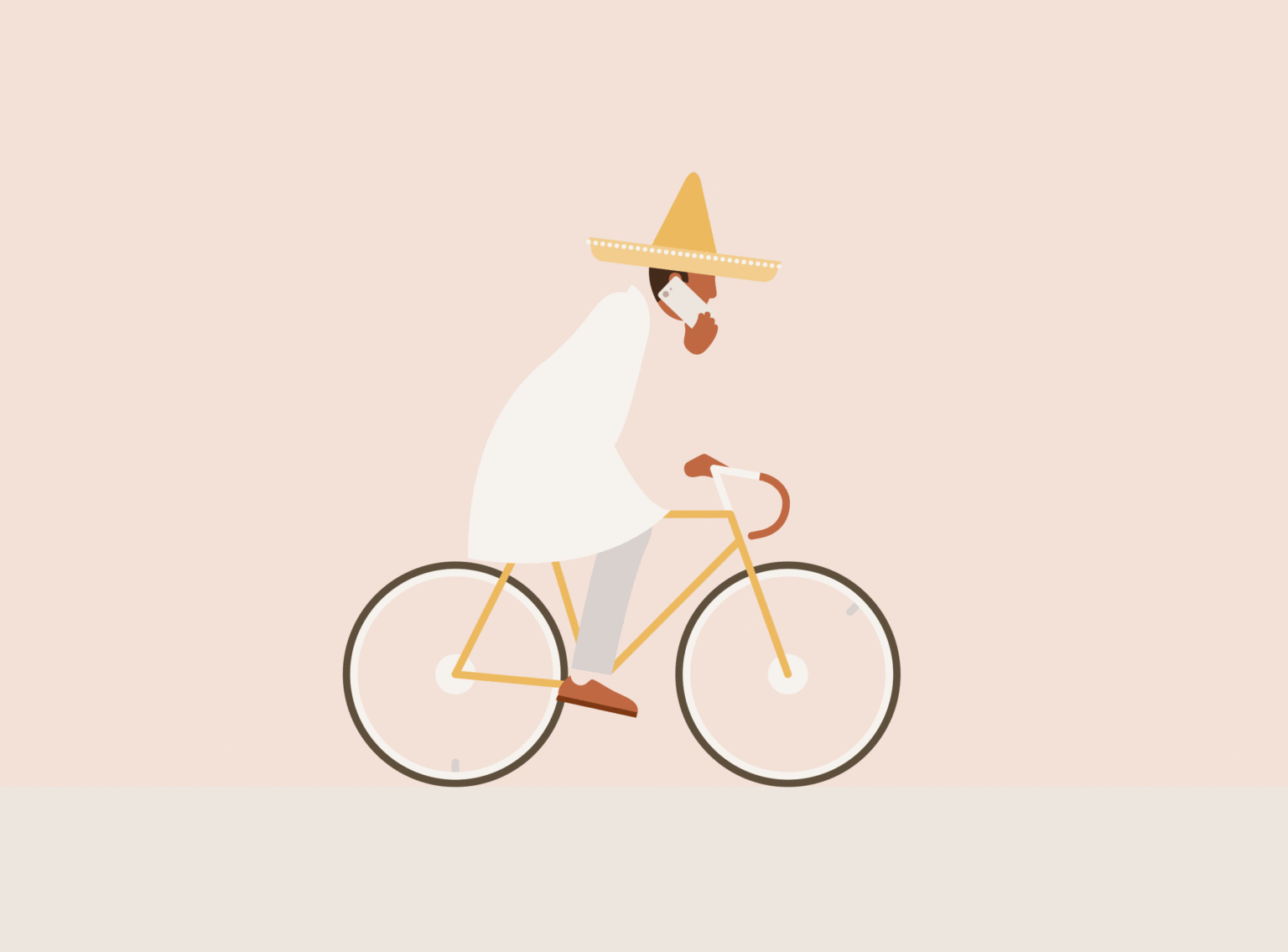
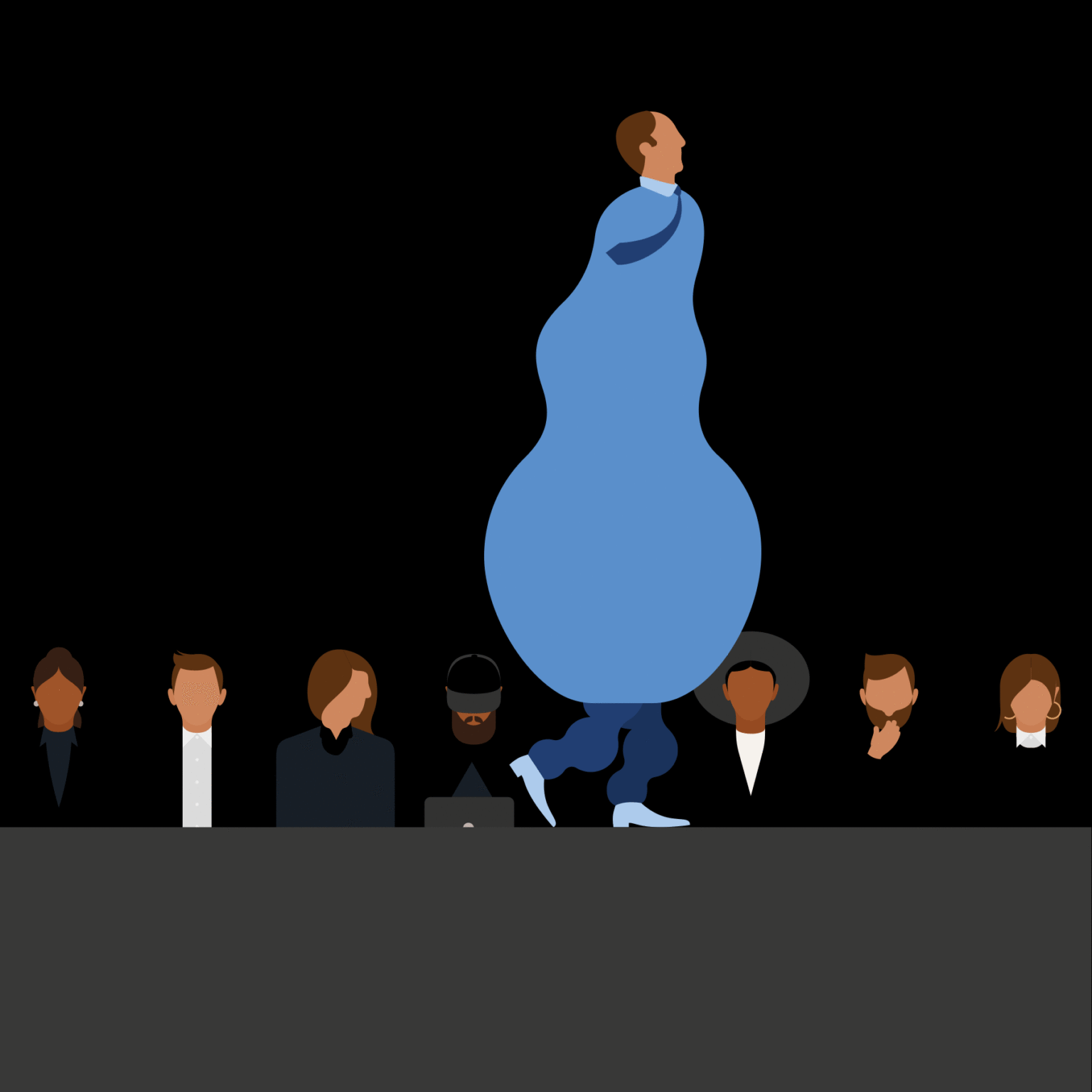

Ricardo Cavolo is a Spanish artist based in sunny Barcelona. His eclectic international style is based on relationships with folk art, traditional and modern tattoo culture, Western religious imagery and the tribal arts.
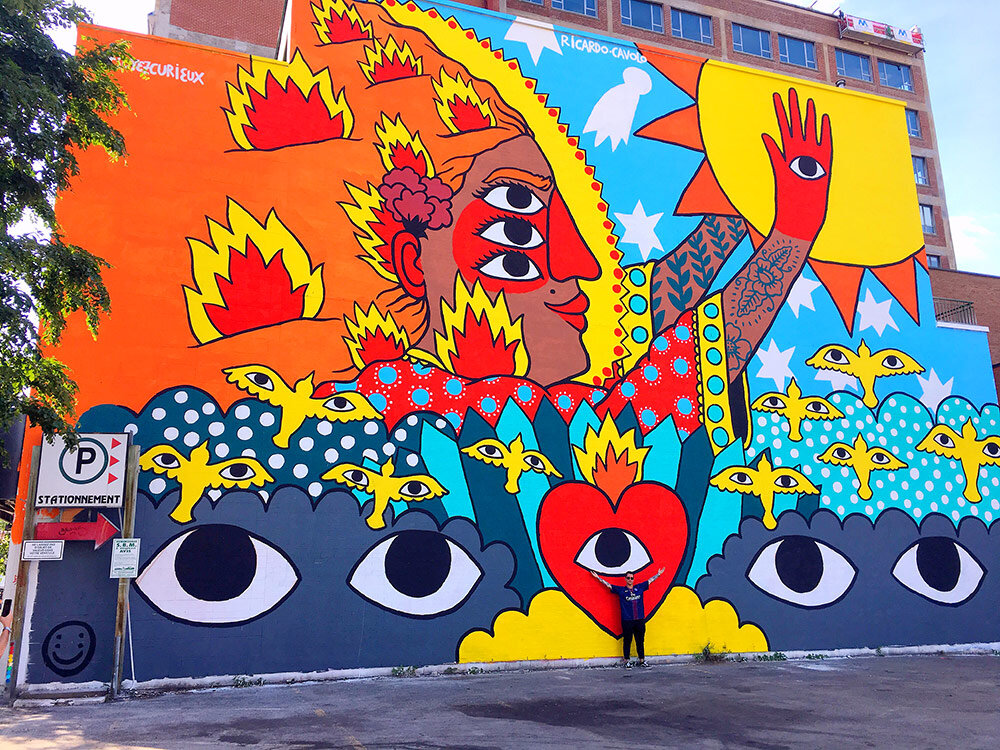
Cavolo’s art is all about stories, characters and their experiences across time. Utilising art as a complex narrative, Cavolo often focuses on portraiture. These depictions propel protagonists to champion their unique tales. Referencing religious and historical fiction illustrations, his use of symmetry and symbolism connect to a modern and playful audience. Cavolo’s portfolio features public murals and art exhibitions across the globe from Paris to Moscow and Mexico City to Hong Kong. Notably Cavolo’s body of work includes illustrations, publications, fashion collaborations and a wide variety of commissioned works.
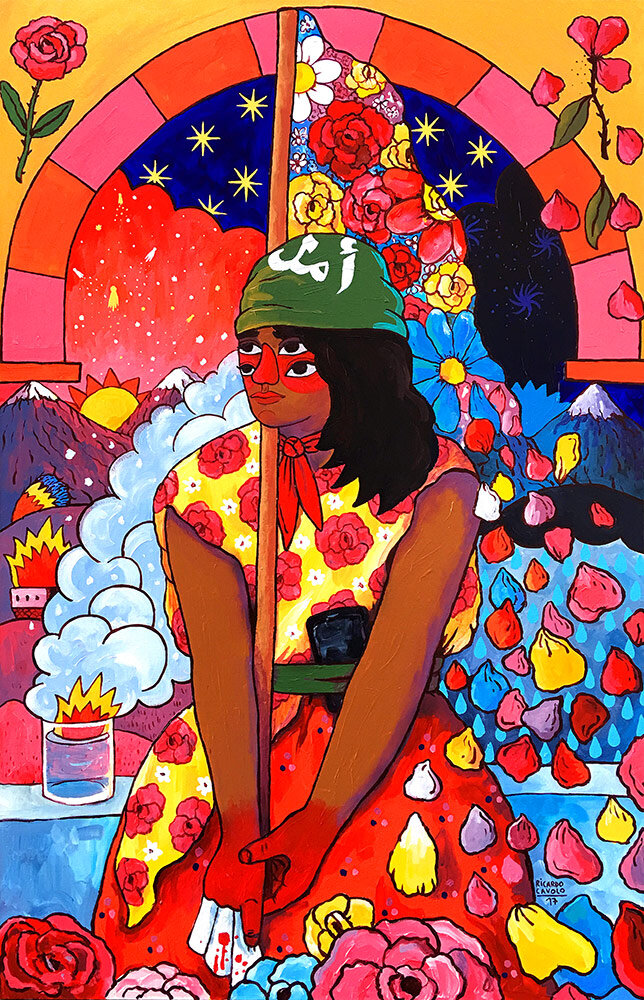

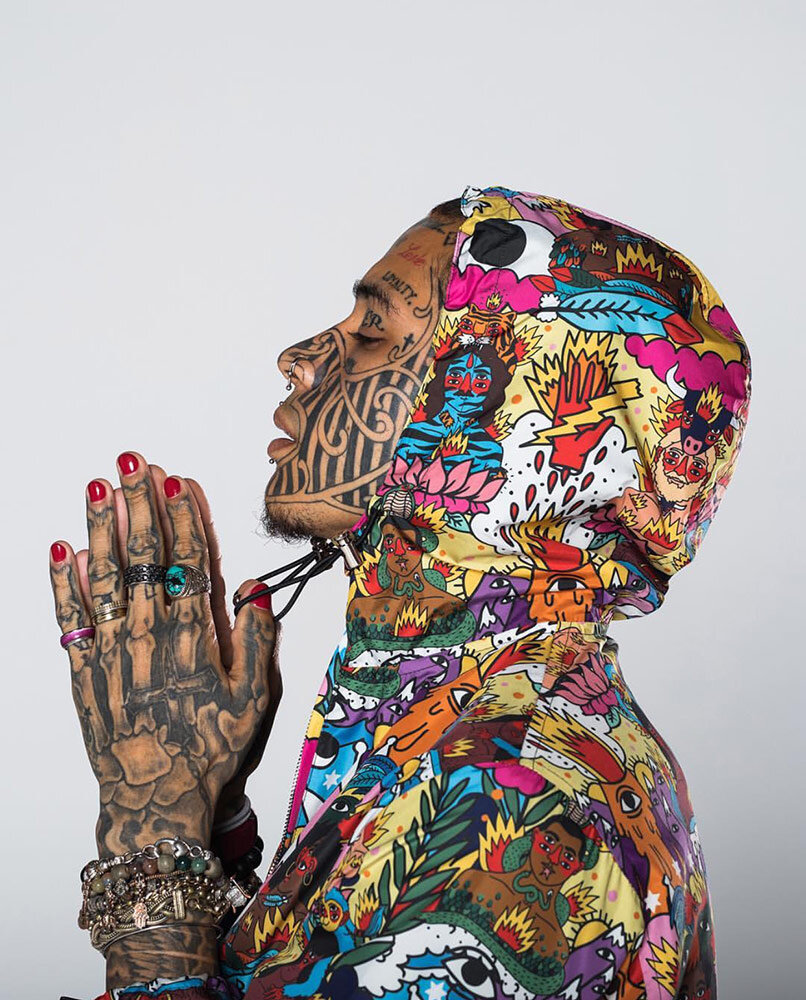
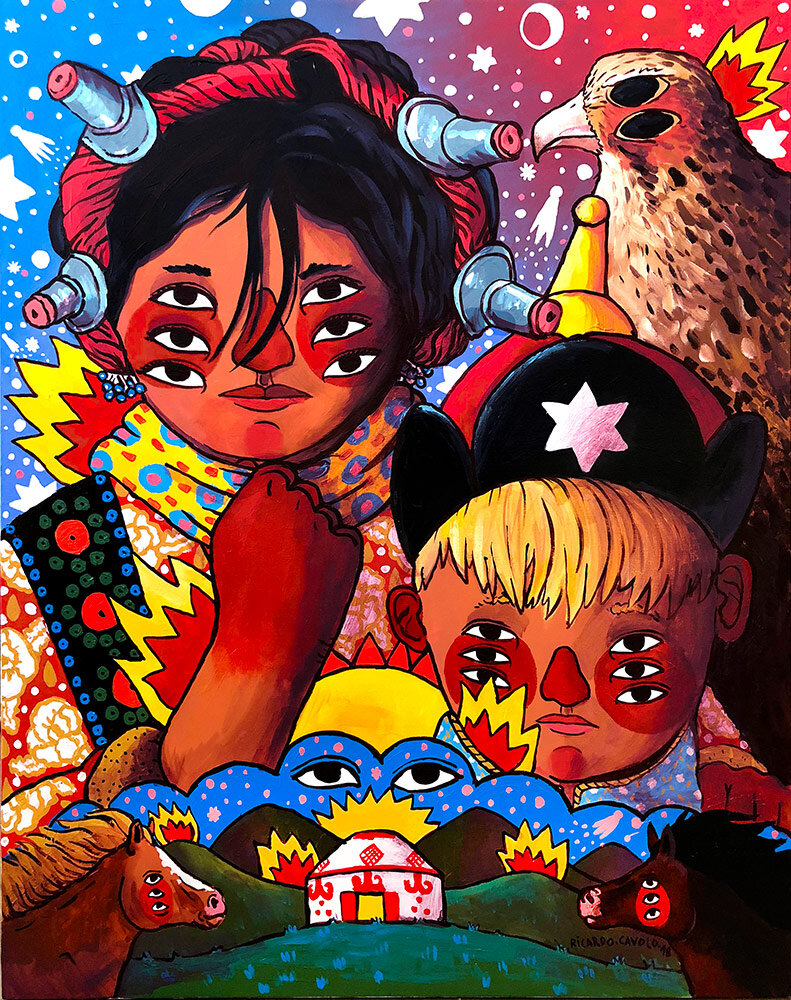
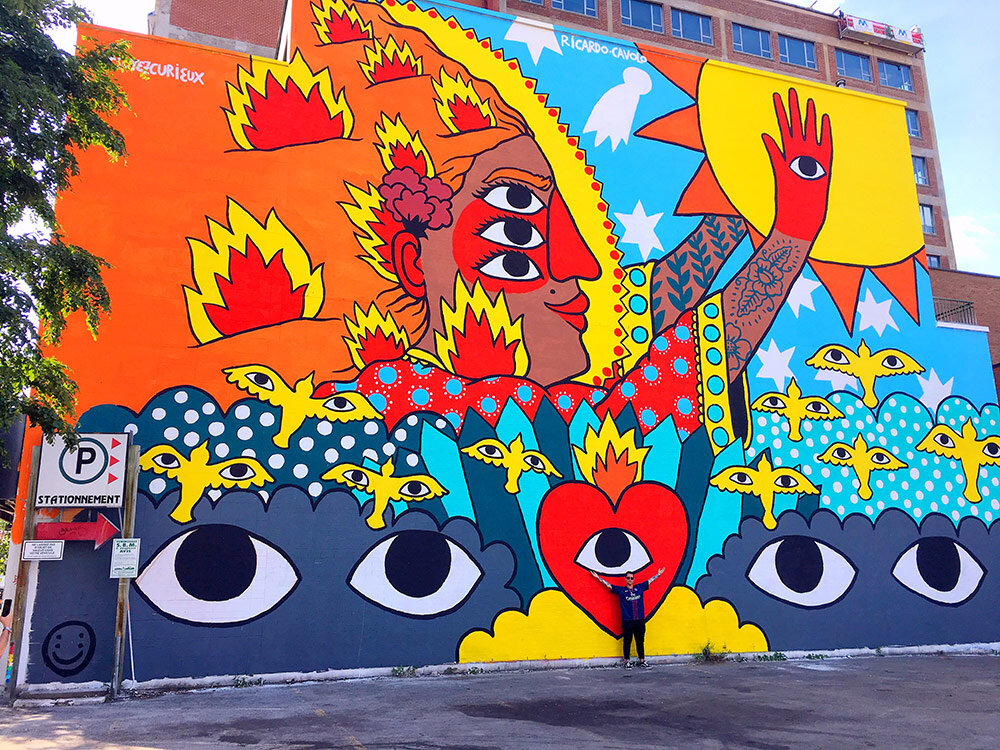
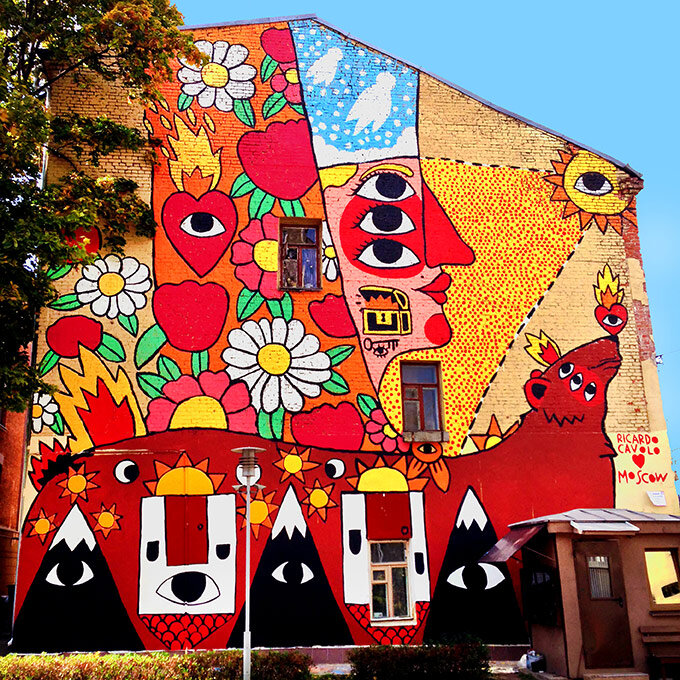
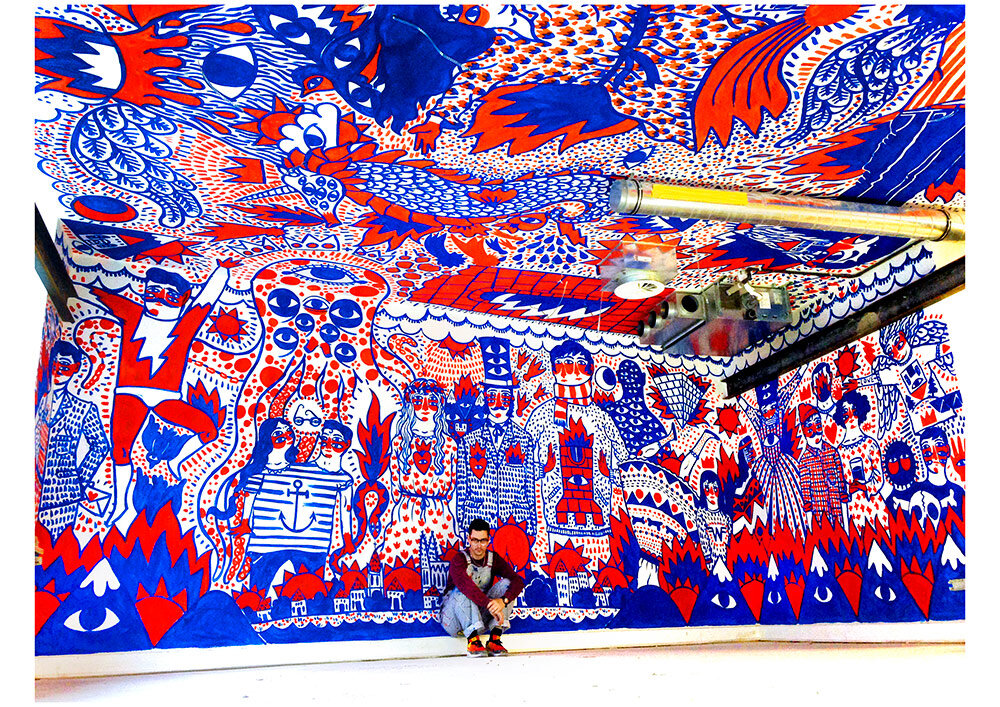
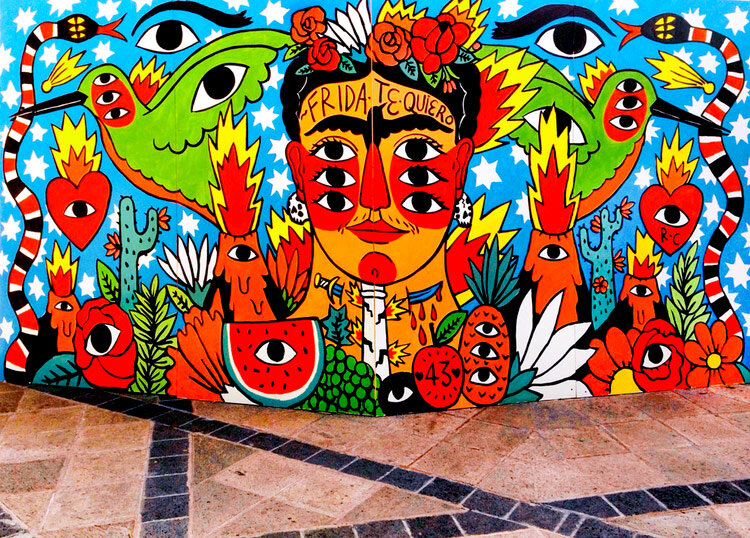

Artist Felipe Pantone Studio opens up as a producer and distributor of art editions. His recent affair is an affordable interactive project Configurable™ where you can create and obtain unique artwork.
Configurable™ Modular Art System is a platform in which the user actively interacts with the elements of Pantone's work, in order to create a physical piece
Using a programmable ColorCoordinates configurator you get a unique number that enables the CMY colour position on an Integration System and an artwork is created by Felipe Pantone and yourself. ‘Integration System P#01’ blends 5642 possible combinations linked to a singular code.
Akatre is a creative studio founded in 2007, in Paris, by Valentin Abad, Julien Dhivert and Sébastien Riveron. The trio works and expresses themselves in graphic design, photography, typography, video, artistic installation and musical creation for institutions in art, cultural, fashion, media and luxury.
“Pyramids are the ancient monuments where people worshiped their gods. My concept is re-interpreting the pyramid in modern society where individualism is appreciated. The concept of the god has been changed and considering oneself as a god has become trendy. People can experience spiritual meditation through climbing up to the top of each stair way. On each top, there are the lights on the floor and ceiling which represents their own Sun (the concept of ancient god). Maybe people can feel themselves directly connected to indescribable power. About the installation movement, each stair way is connected with each ring ground and spins by some interacting way with the audiences. By the spin, it eventually shows the extended form of cone or pyramid”
Always curious for contrasts and bold simplicity, Lou bases her artworks in the act of balancing abstracted memories, feelings and music. All of them influenced by a minimal and modern approach to the diversity of her Latin roots.

David Åberg is a digital sculptor and 3D animator. His pieces are created virtually and without limitations of gravity and materiality. From the imagination and the limitless starting point, his artistic handicraft is filtered through a digital pen and touch-sensitive drawing screens.
Åberg’s tactile process is in this way transferred into algorithms, in the dialogue between individual creativity and descriptive mathematics, that formulates into digital spatiality and sculpture.
“There is something exciting in this technology and its relation to drawing. By drawing on the screen’s two-dimensional surface I manipulate the geometry, which presents itself as three-dimensional objects. Furthermore, I see the media as a metaphor for the constructed, virtual, and intangible, and as raising questions about multidimensional realities and glitches in our communication.”
David Åberg is inspired by imaginary and esoteric art as well as sci-fi pop culture aesthetics and mythologies. With roots in art history, one might trace a clear relationship to natural forms in his practice, where the more strict language of technology is present. David Åberg's sculptures become detailed and hyper-realistic and simultaneously cause a transformation that turns away from our physical reality. In his universe - in the electronic, non-tactile version of reality - he builds up a fictitious gallery of personalities.and examines issues relating to fantasy identities and transhumanism.

Madrid-based art director Miguel Marques and photographer Pascal Schonlau from London created a series of visual artworks under the theme SKIN DEEP. It's a visual essay that addresses how human bodies merge to other digital mediums, addressing 2D photography with 3D illustrations in this collaboration.

The ability to recognise finest nuances and deviations when observing the appearance of a person is often tested by the abundance of purely digitally created bodies in cinema, print and online. Utilising a combination of photography and 3D elements we created a series of images that show a progression from the original human shape towards an abstracted virtual representation.

Having used the lockdown period as an opportunity to define the studio’s mission, values and brand identity, Lucy Hardcastle Studio is unveiling a new website incorporating an interactive feature, based on a data visualisation of her own brainwaves.
Wetlands is a self-initiated project that outlines the vision and approach of the studio. By combining Lucy’s own neurological responses to material tactility with the user’s own interactions on the site, the project creates a unique digital landscape that constantly shifts in colour and form as the two data sources intersect.

Developed in consultation with specialists in the field of neuroscience, the project takes Lucy’s personal response to sensory materials as its starting point. A wearable headset was used to track electrical activity in her brain, as well as heart-rate and breath-rate, during stimulating experiences with different surfaces while in a closed-eye meditative state. These data were compiled into linear waves, graphs and cross-sections, which were then translated into a 3D landscape – a spectrum of colour and wave movement that acts almost as a 3D graph.
This landscape captures Lucy’s responses to a range of material textures, including glass, suede, acetate, slime, silicone rubber, sandpaper and silk, translating her brainwaves and other bodily data into high-points and valleys, rock pools of fluid and flurries of different coloured particles. Accessing the site, the user is brought into this realm, and encouraged to play with their surroundings. As they navigate the 360-degrees digital space, their interactions disperse colour and trigger wave motions in correlation with the data, creating mini-ecosystems or tides. The more the user plays with the pools, the more they spread and melt into the landscape, creating a flooded effect, with the outcome of an ever-changing digital environment.
“For our new identity, we were inspired by the importance of presence, as a way to represent how we ‘bring the human’ into our practice. In order to feel connected and personal to the foundations of the studio, we chose to use my sensitivity to materials as an area of exploration and data extraction, creating a visualised algorithm that is as much living and breathing as I am. The outcome is a digital landscape in a constant state of change between the data and the individual user’s input.”

Belgium-based duo artists Katarzyna & Marcin Owczarek creates wonderful surreal Animal Collages.
“Our project is mysterious, surreal and has emotional vigour. Our works are based on the poetics of surrealism, because surrealism makes visible the invisible and transgresses the traditional bounds of reality. Our minds works in similar way, we feel comfortable in this kind of universe, so we decided to inhabit there and invite art lovers to visit us.”
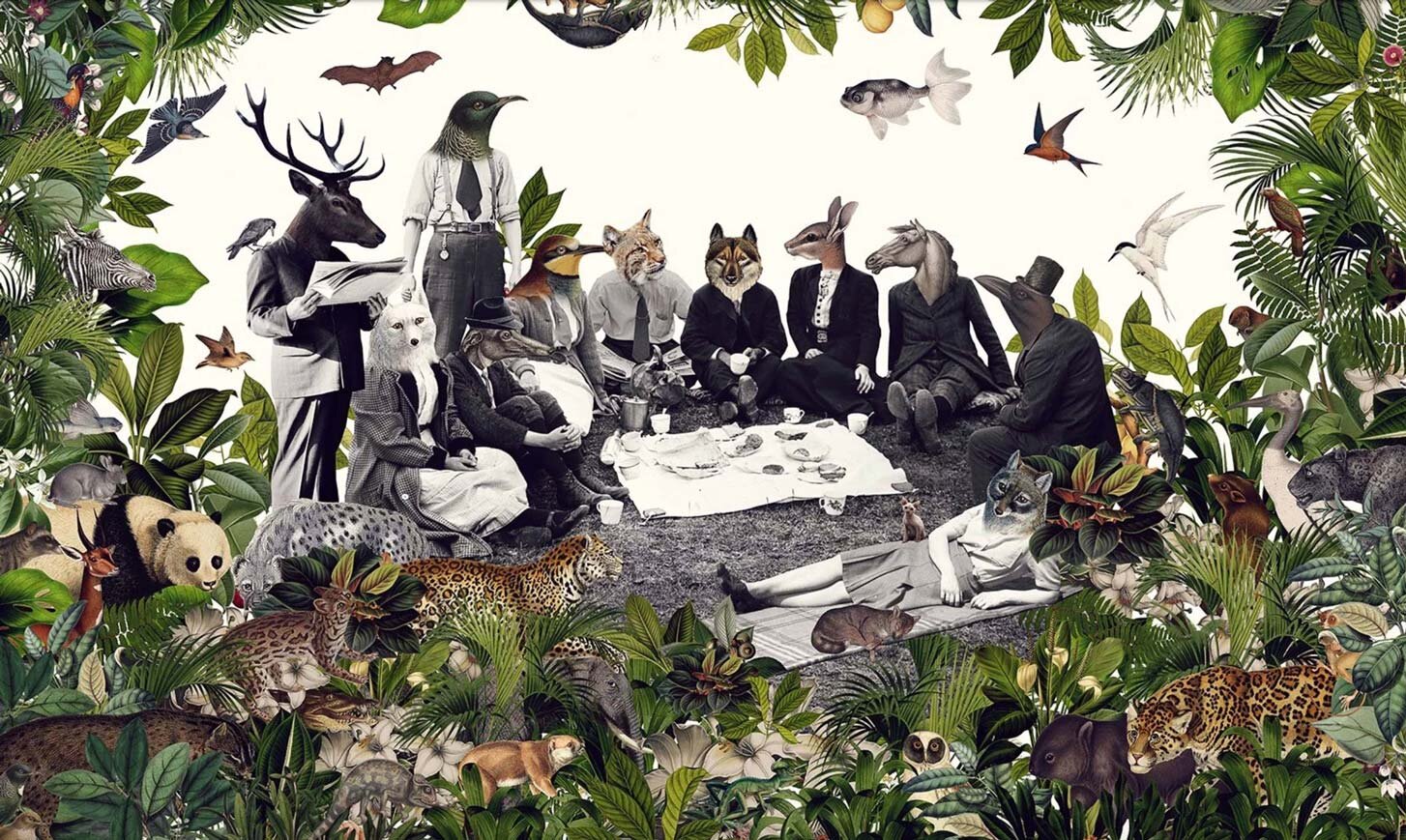
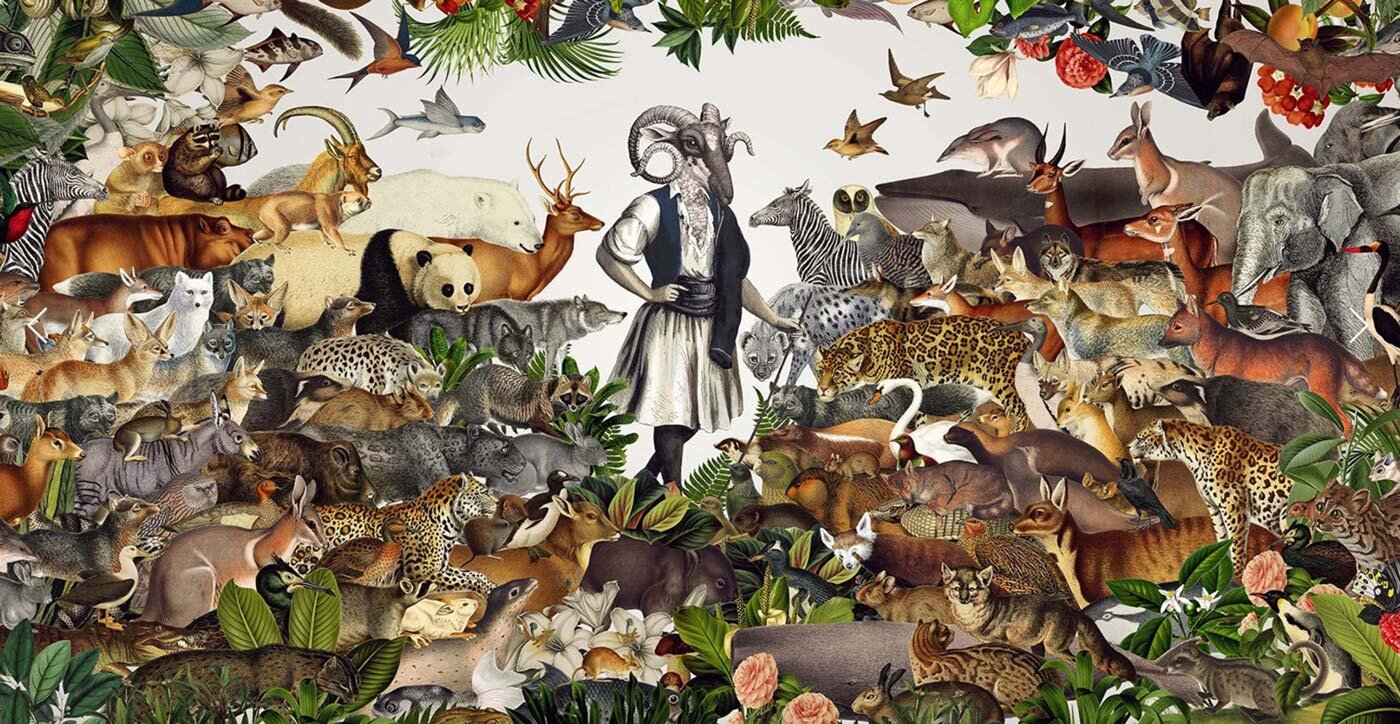
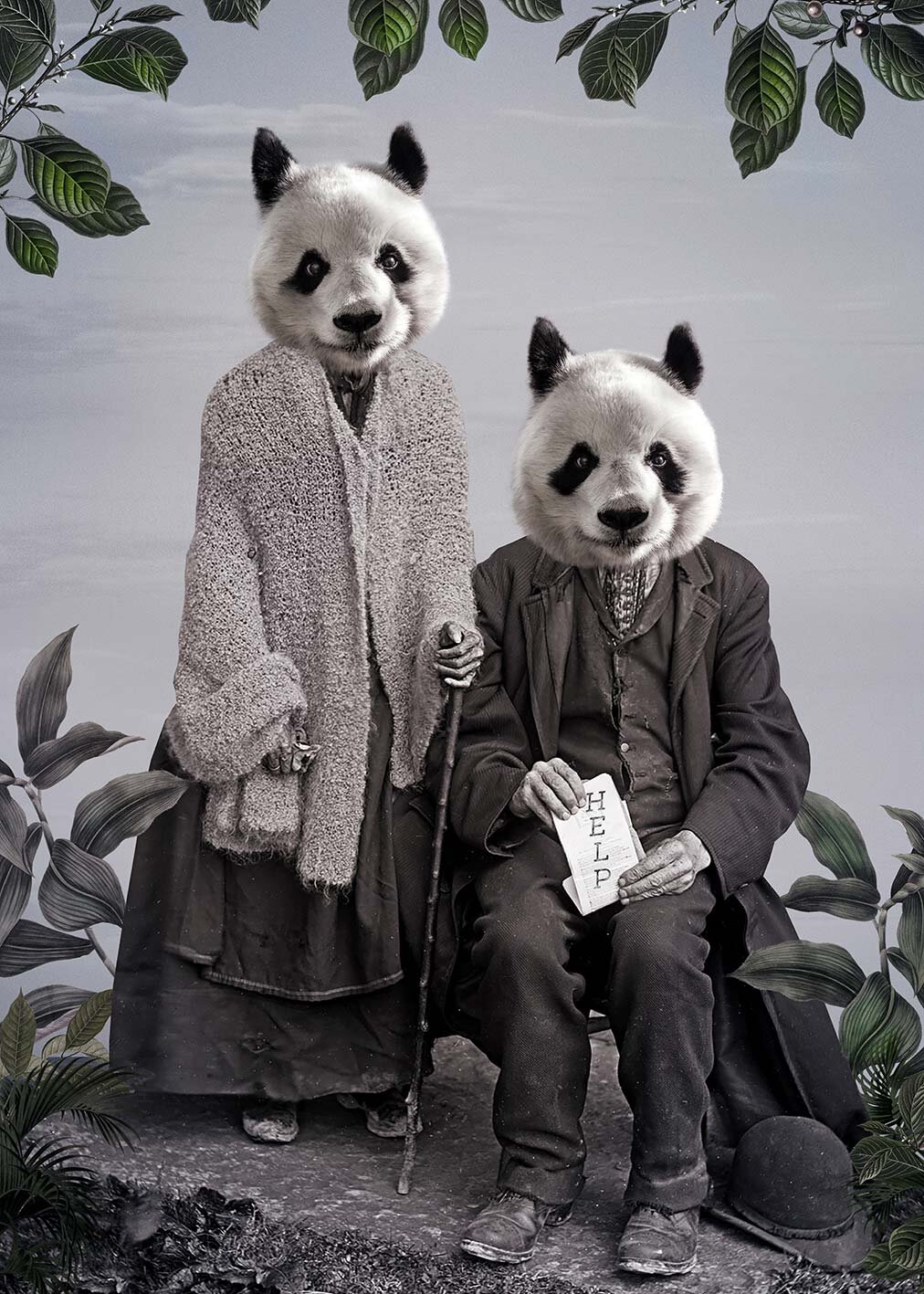
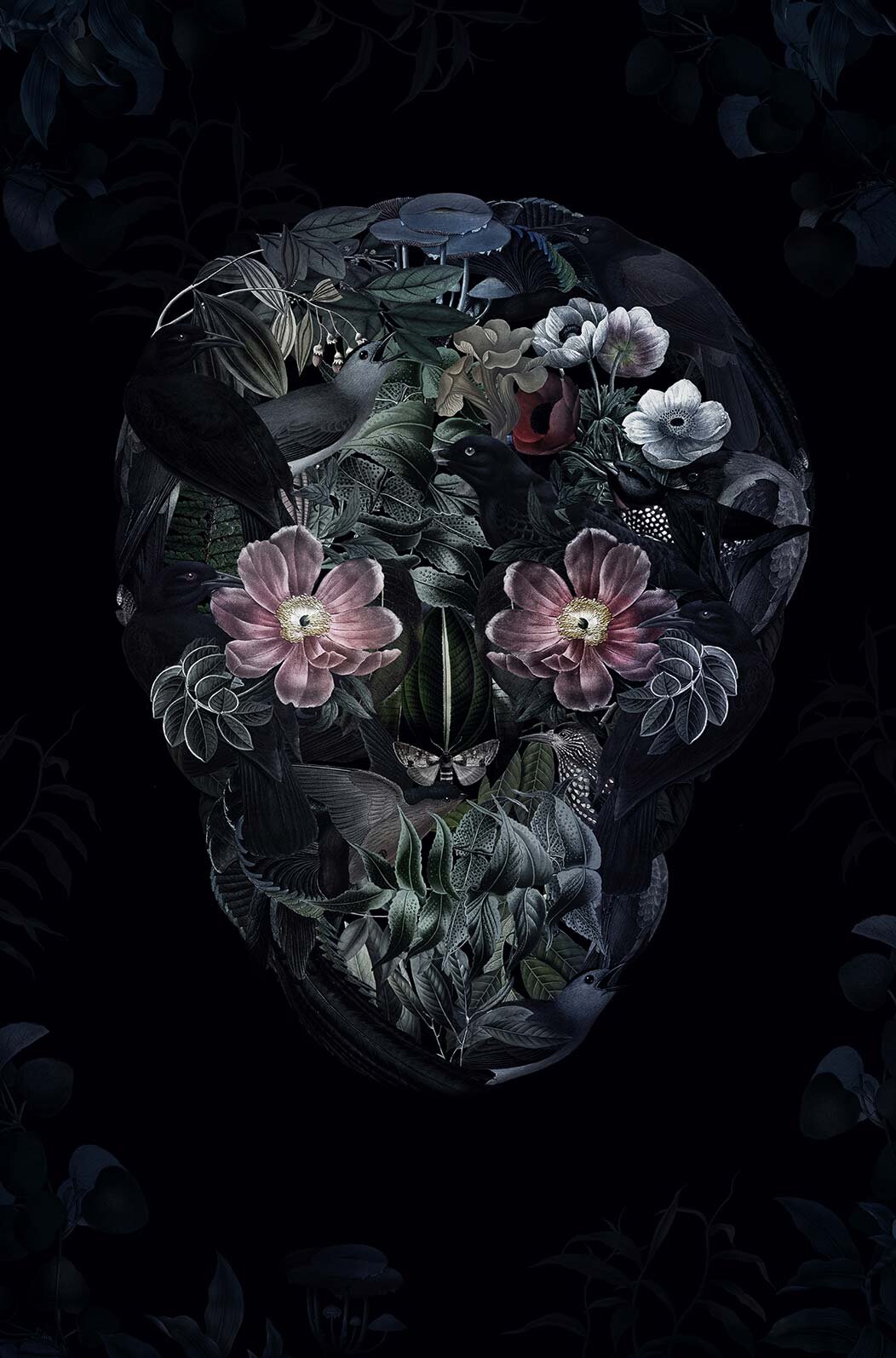
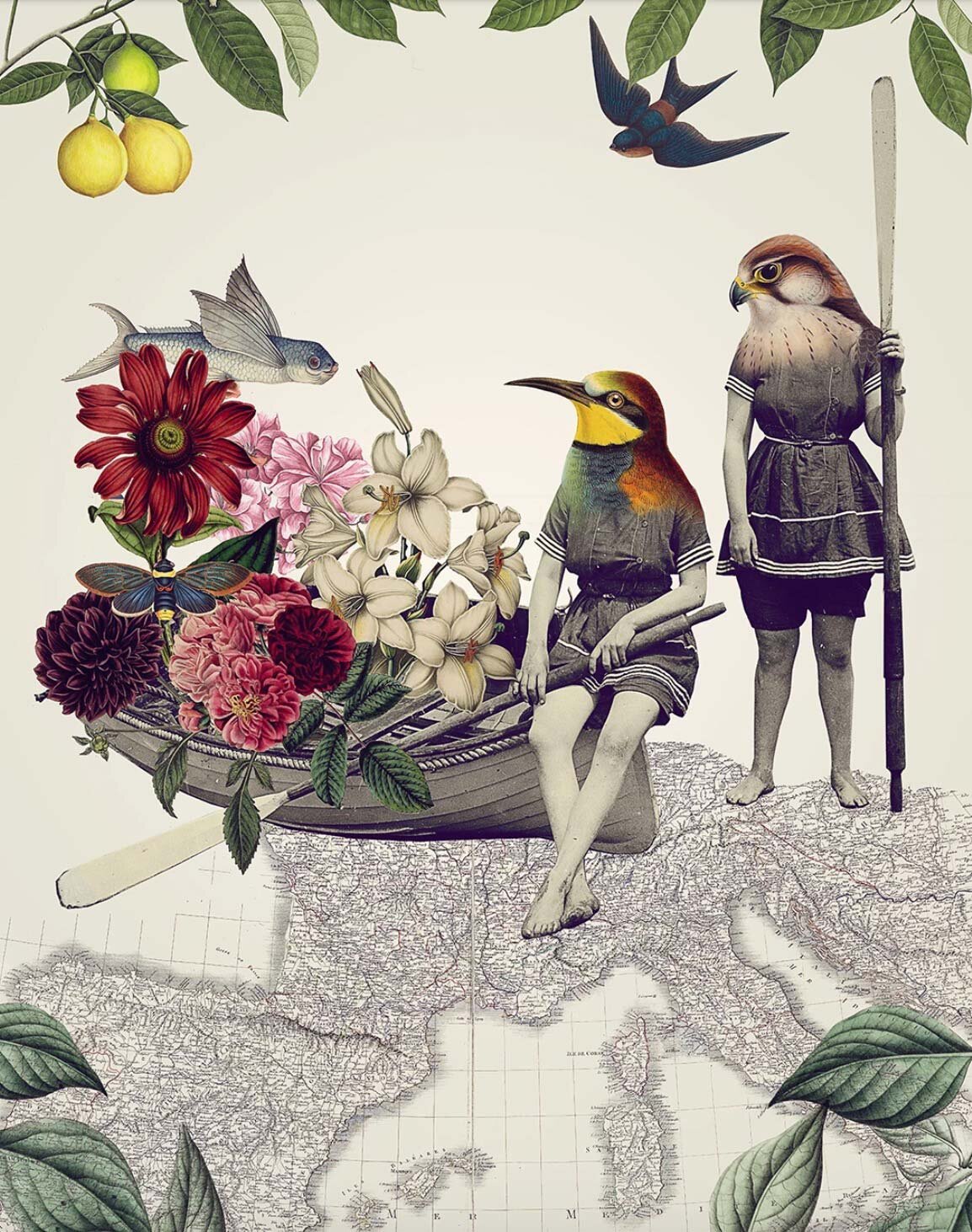
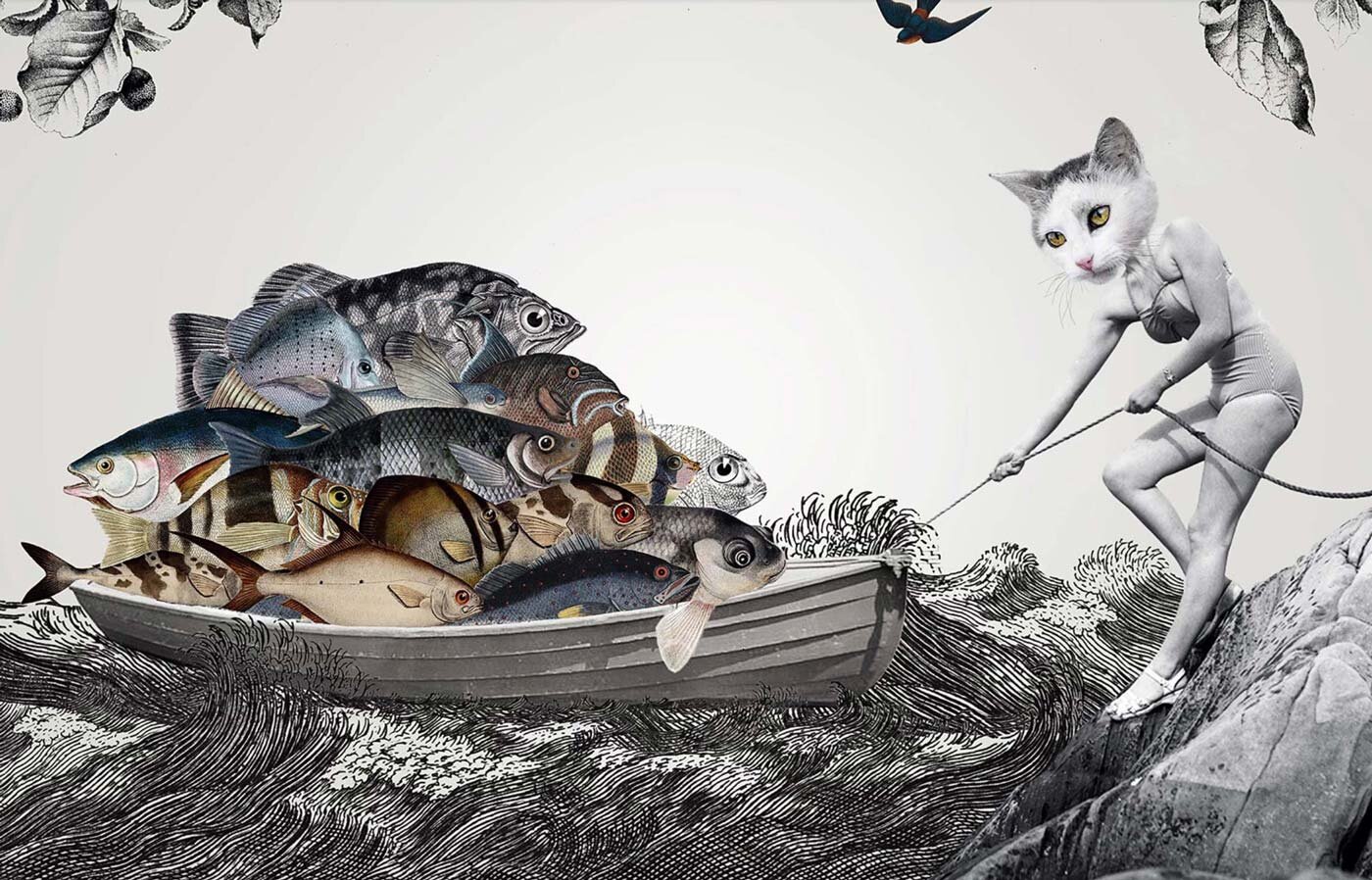
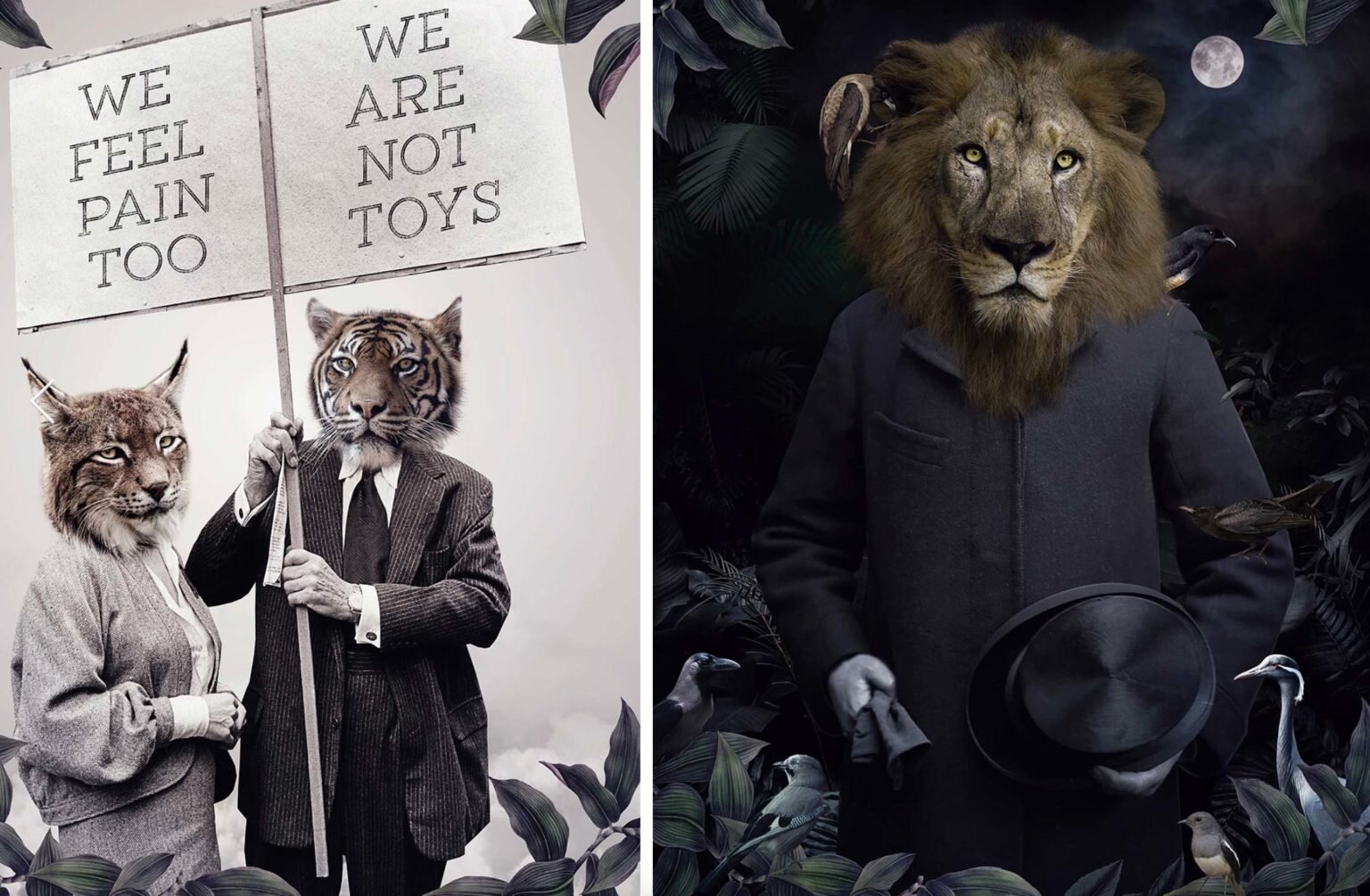
Today, globally people struggle in isolation, while we commemorate 75 years of freedom in Europe and beyond. That juxtaposition inspired Casper Faassen to explore the beauty in isolation, fear, hope and freedom. Together with choreographer and dancer Marne van Opstal of the internationally renowned NDT, he made a short film combining these elements in an installation with dance.
Yambo Studio is a CGI-driven design studio that holds attention to detail above all. They specialise in the creation of vivid graphic solutions with an immersive and engaging level of detail. This attention to detail allows Yambo to create strikingly beautiful graphic solutions without compromising the principles of good, simple design.

OFFF Tel Aviv
Union Haus is Calvin Sprague, Rotterdam based freelance graphic designer & illustrator with a knack for colourful, retro & playful styles. Experimenting with basic lines & shapes, he finds harmony by bridging the gap between structure & chaos. Influenced by the early works of Saul Bass to Heinz Edelmann to Milton Glaser, he sees their eccentric, colourful style as a big reason why he grew to love design.
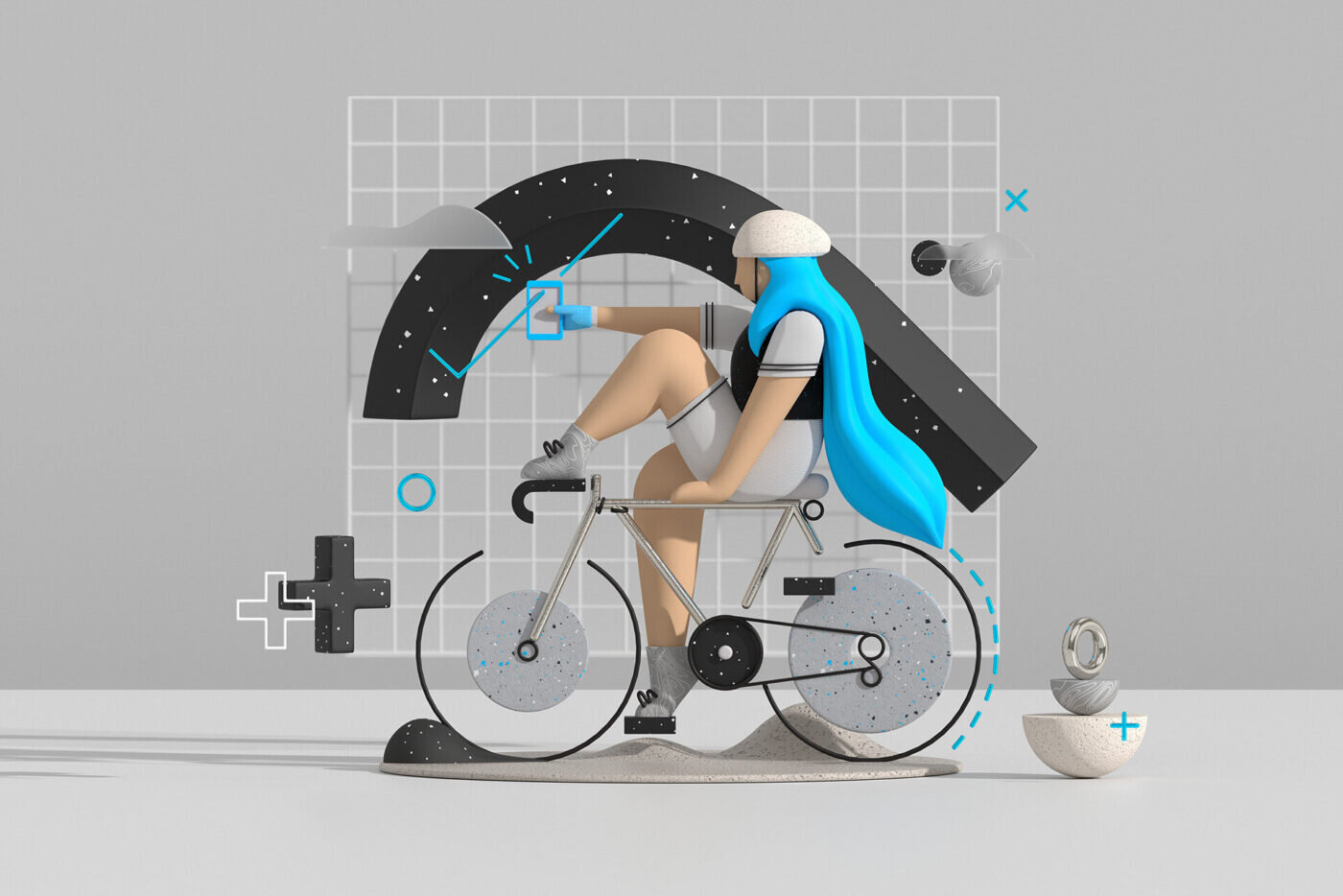
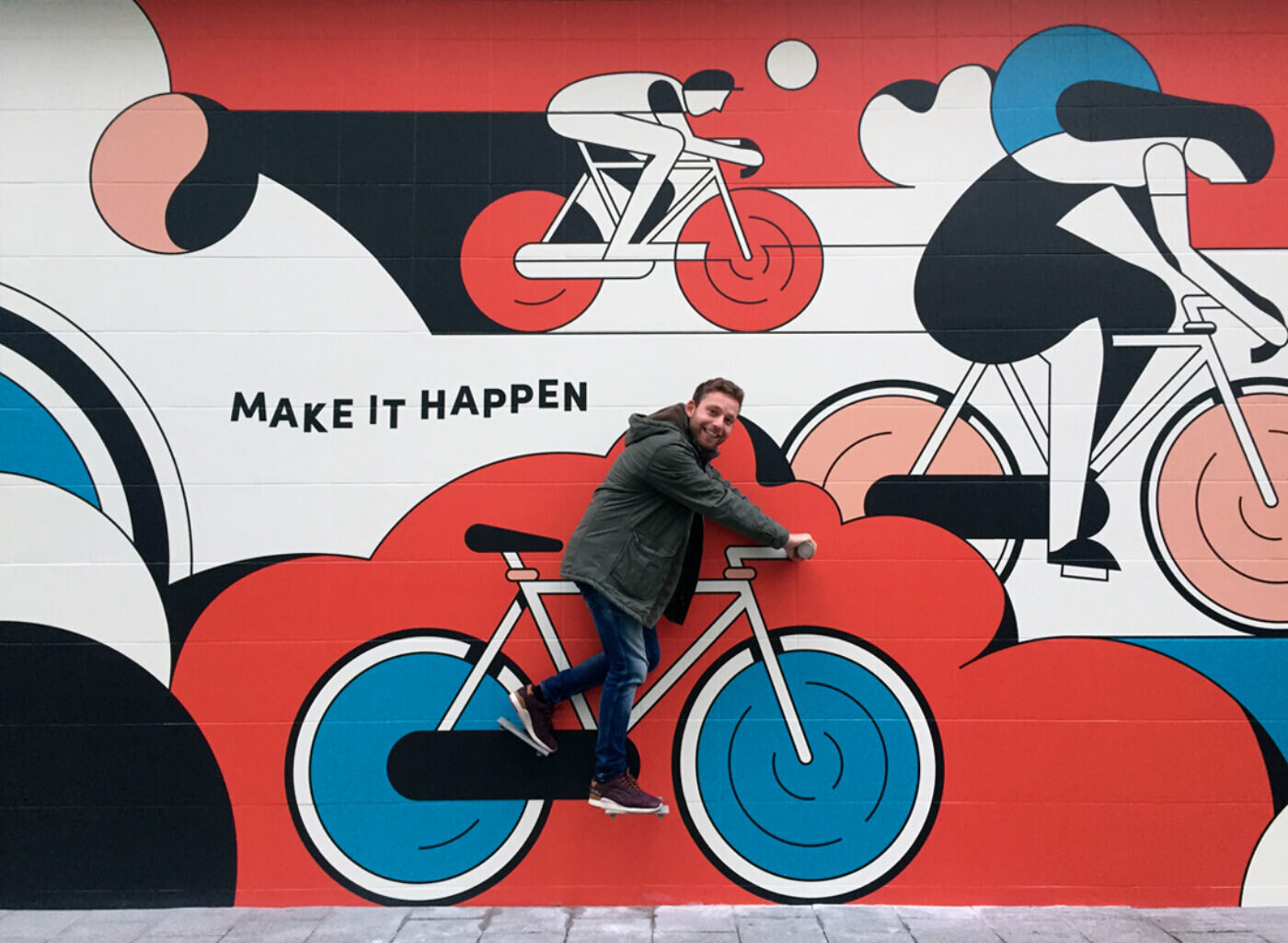
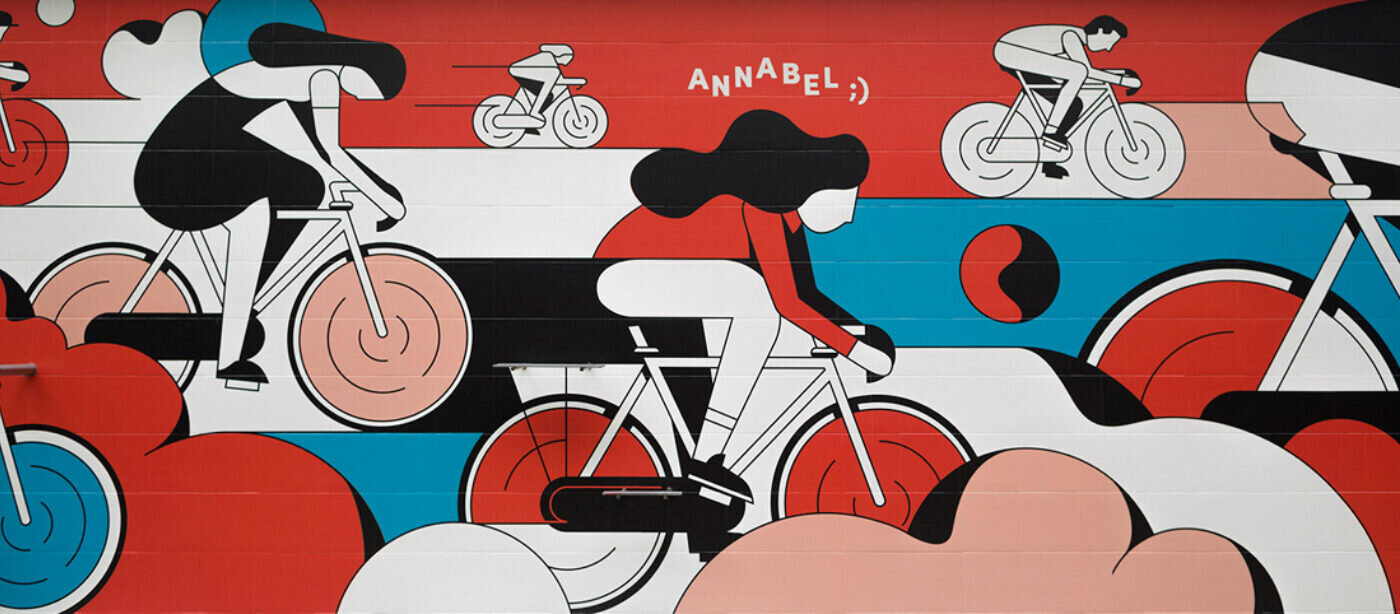

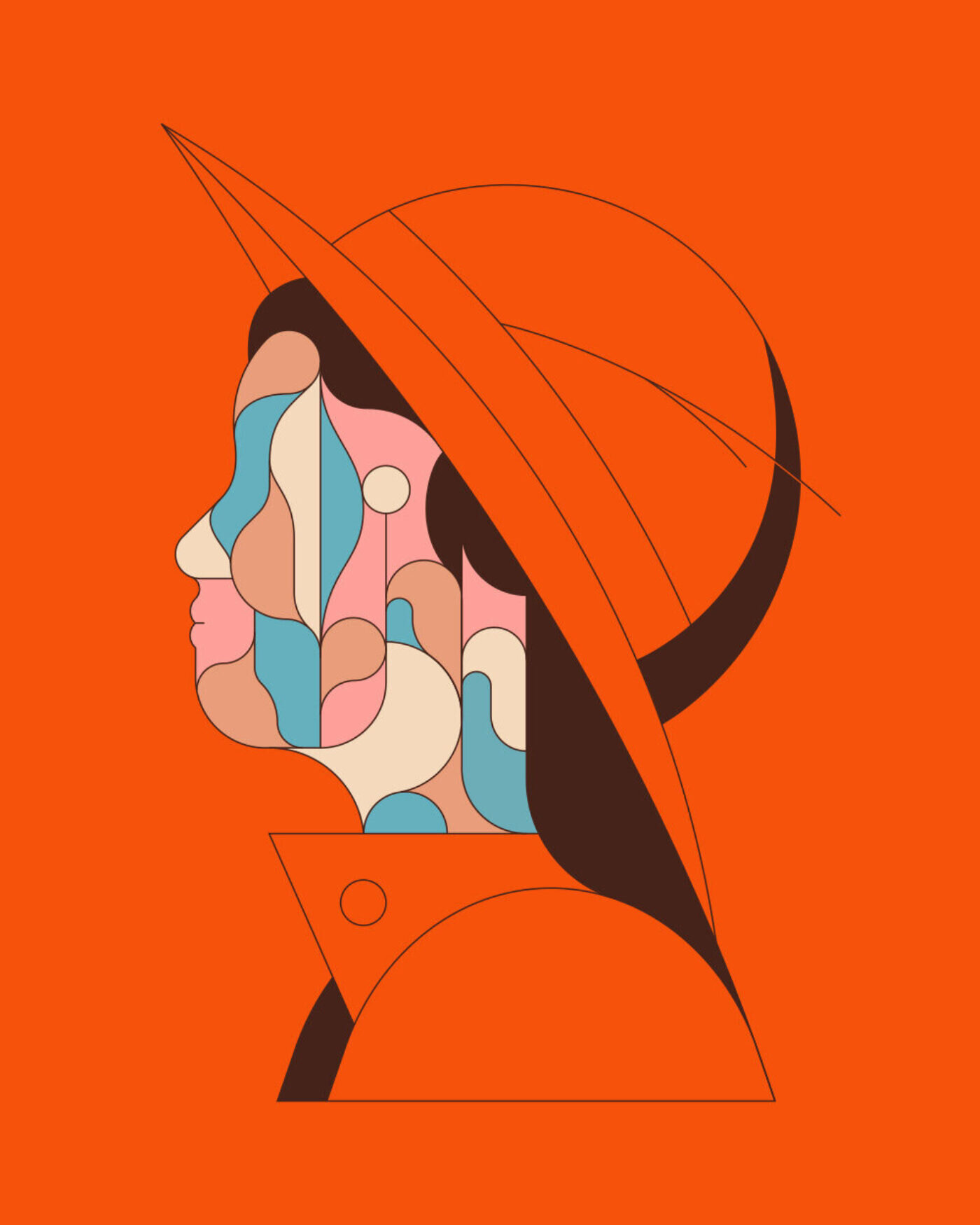
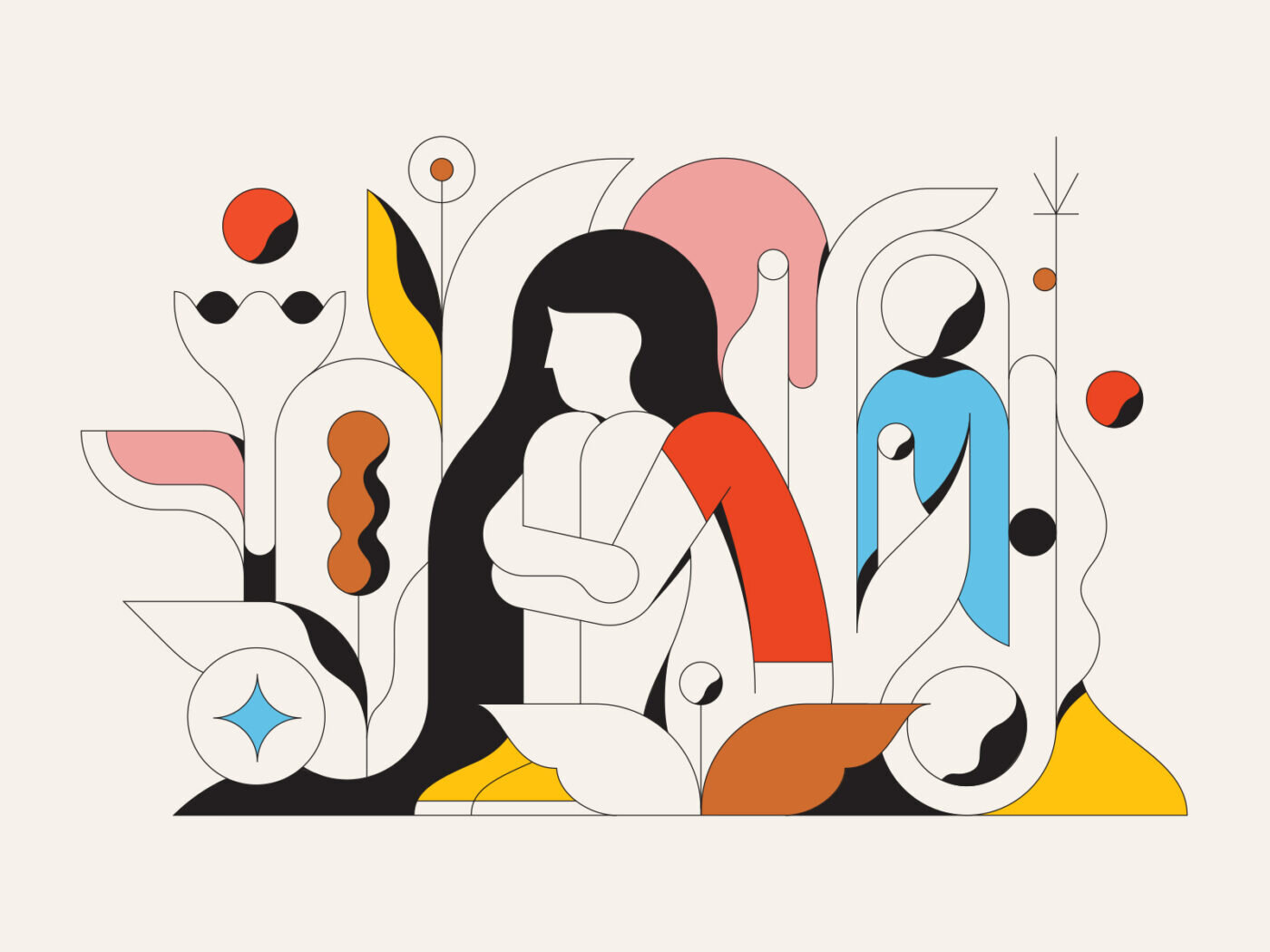
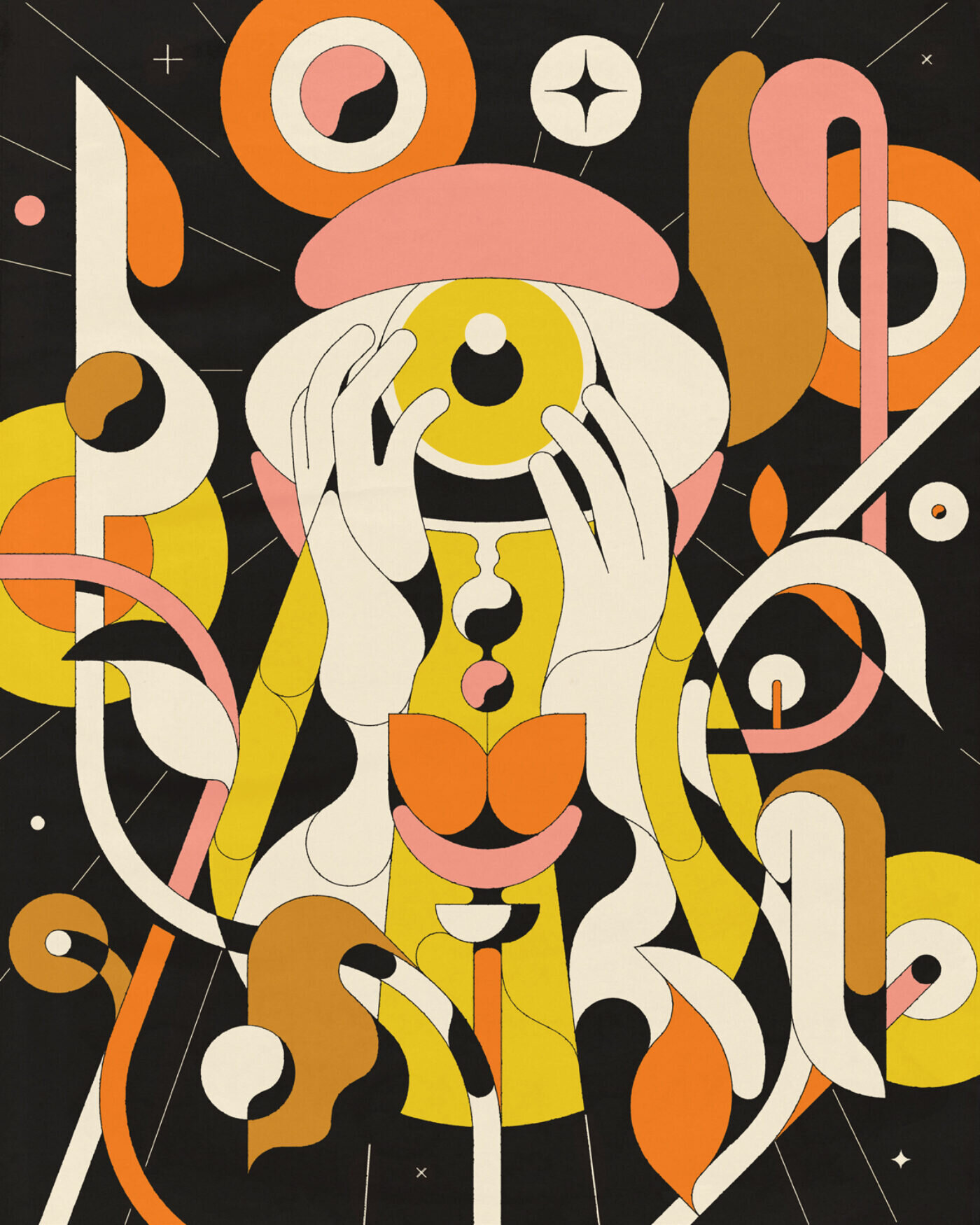

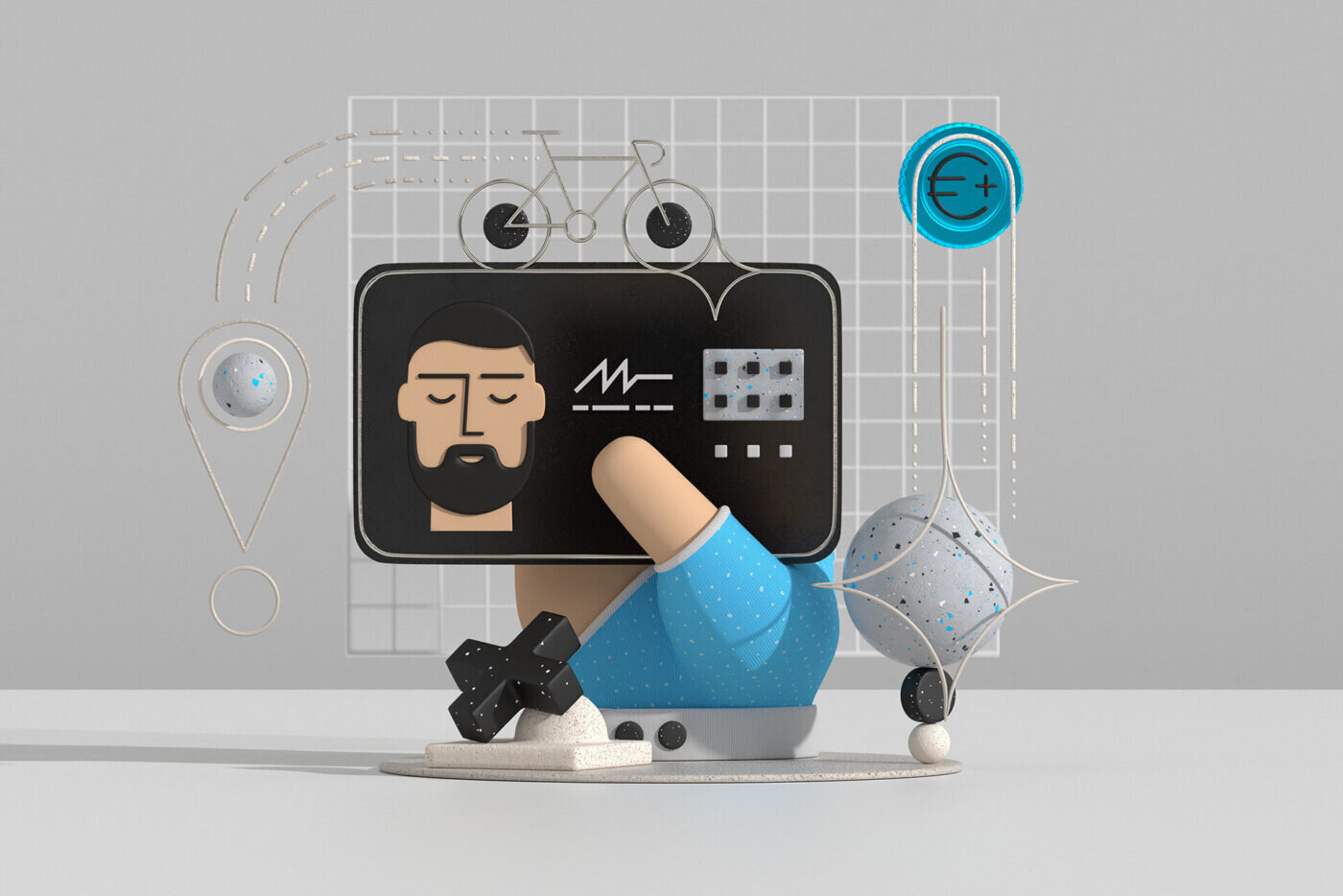
Artist, designer and illustrator, living and working in Nottingham, UK - Eloise Renouf creates decorative yet simple, colourful but thoughtful collages inspired by the outside and rethought on the inside.
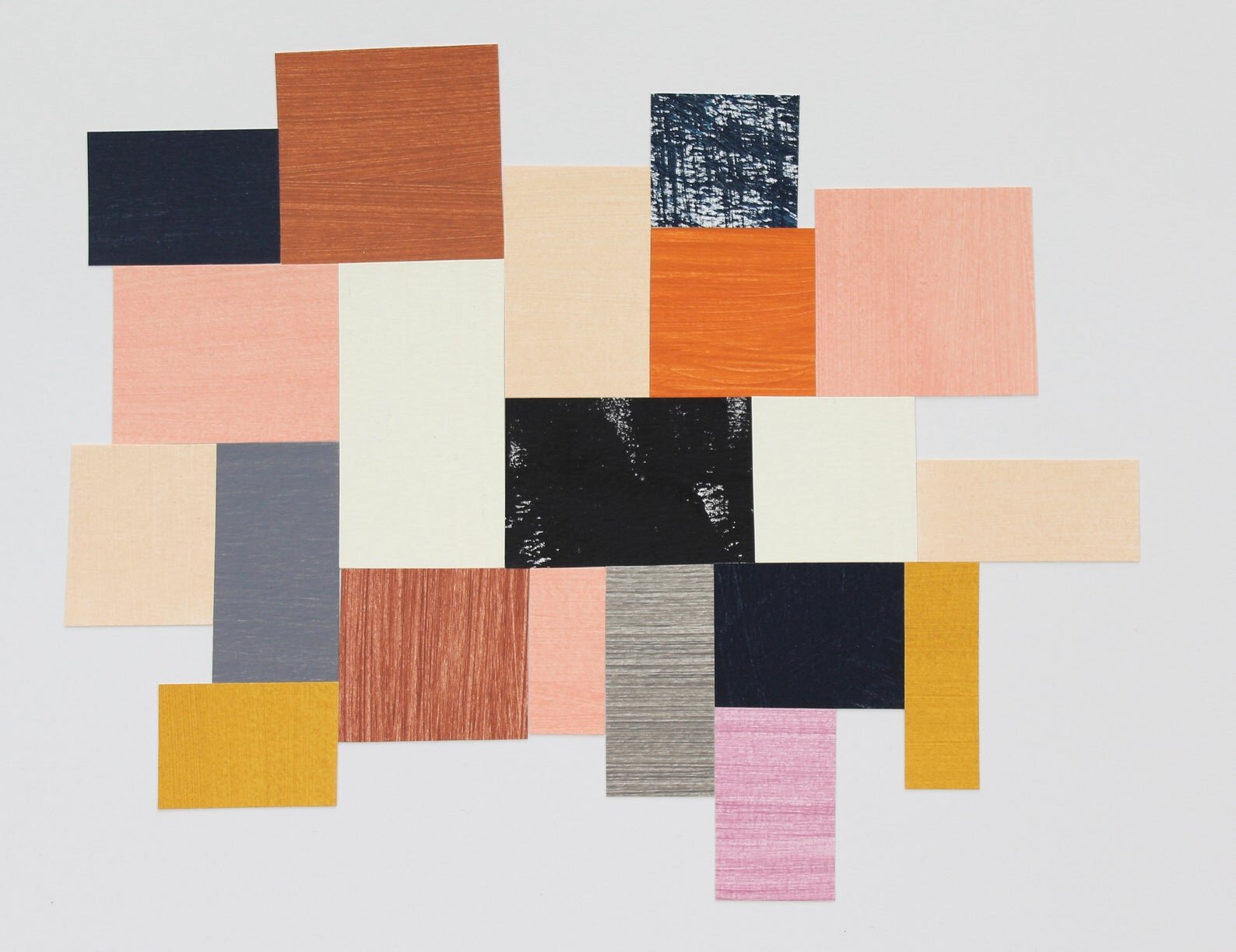
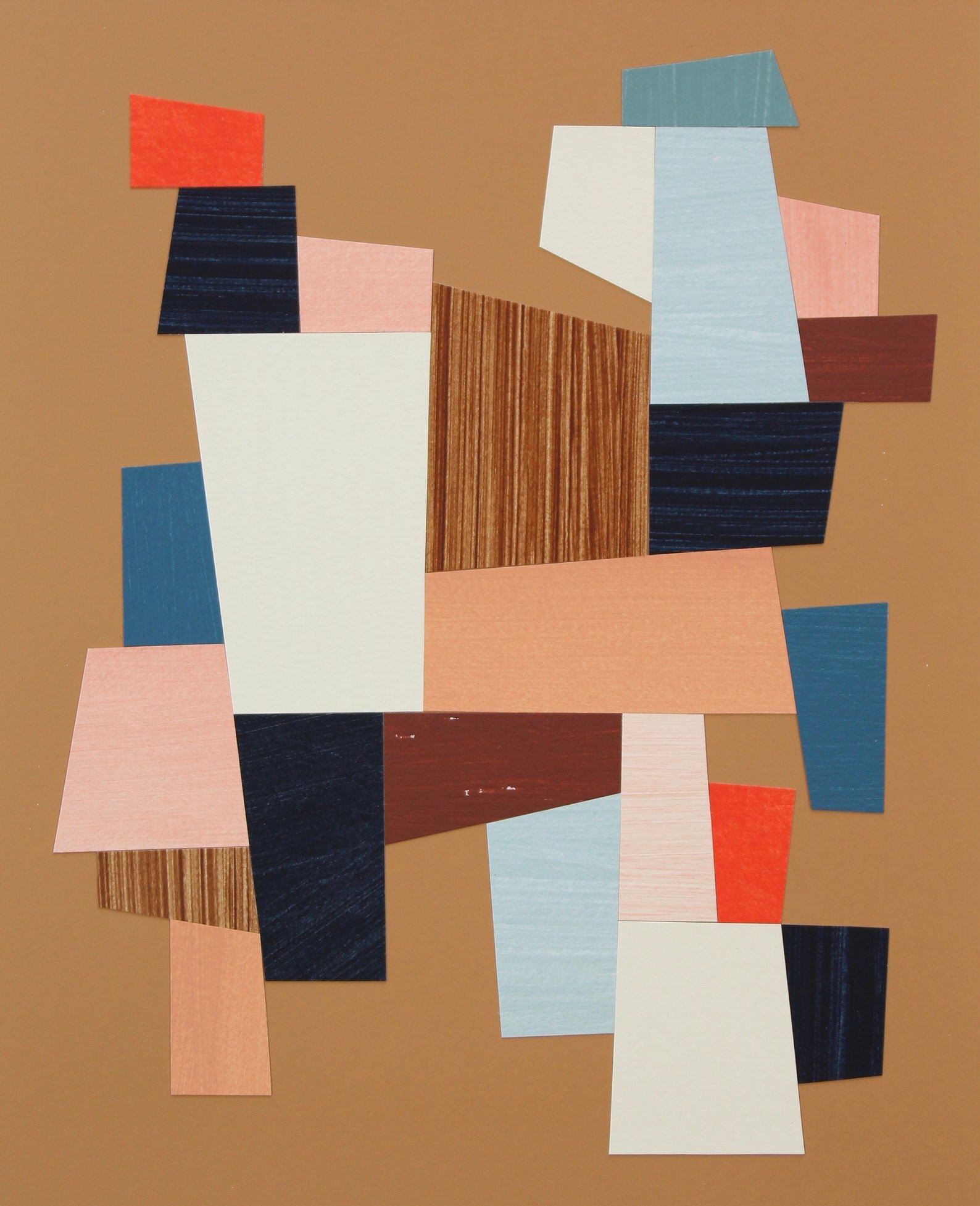
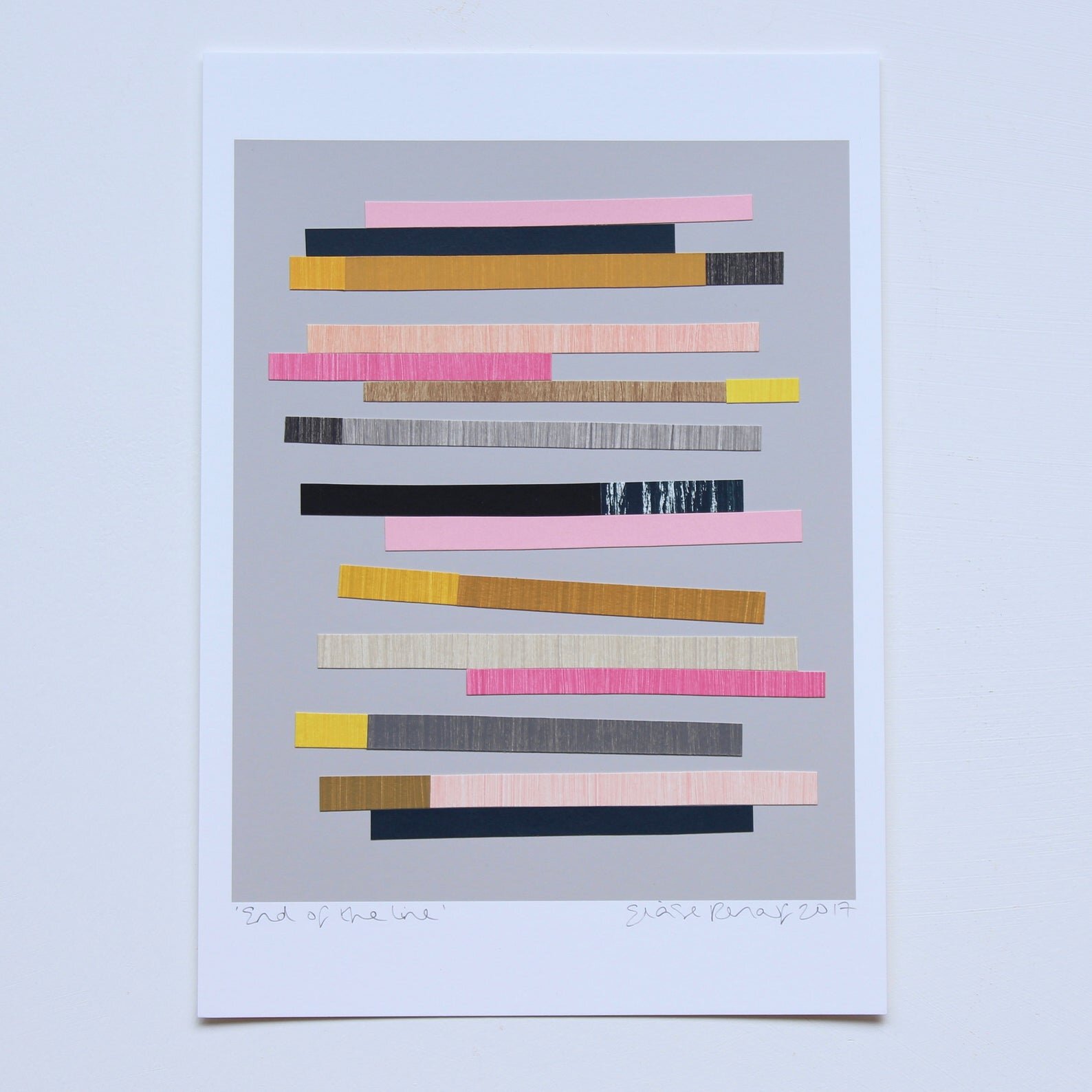
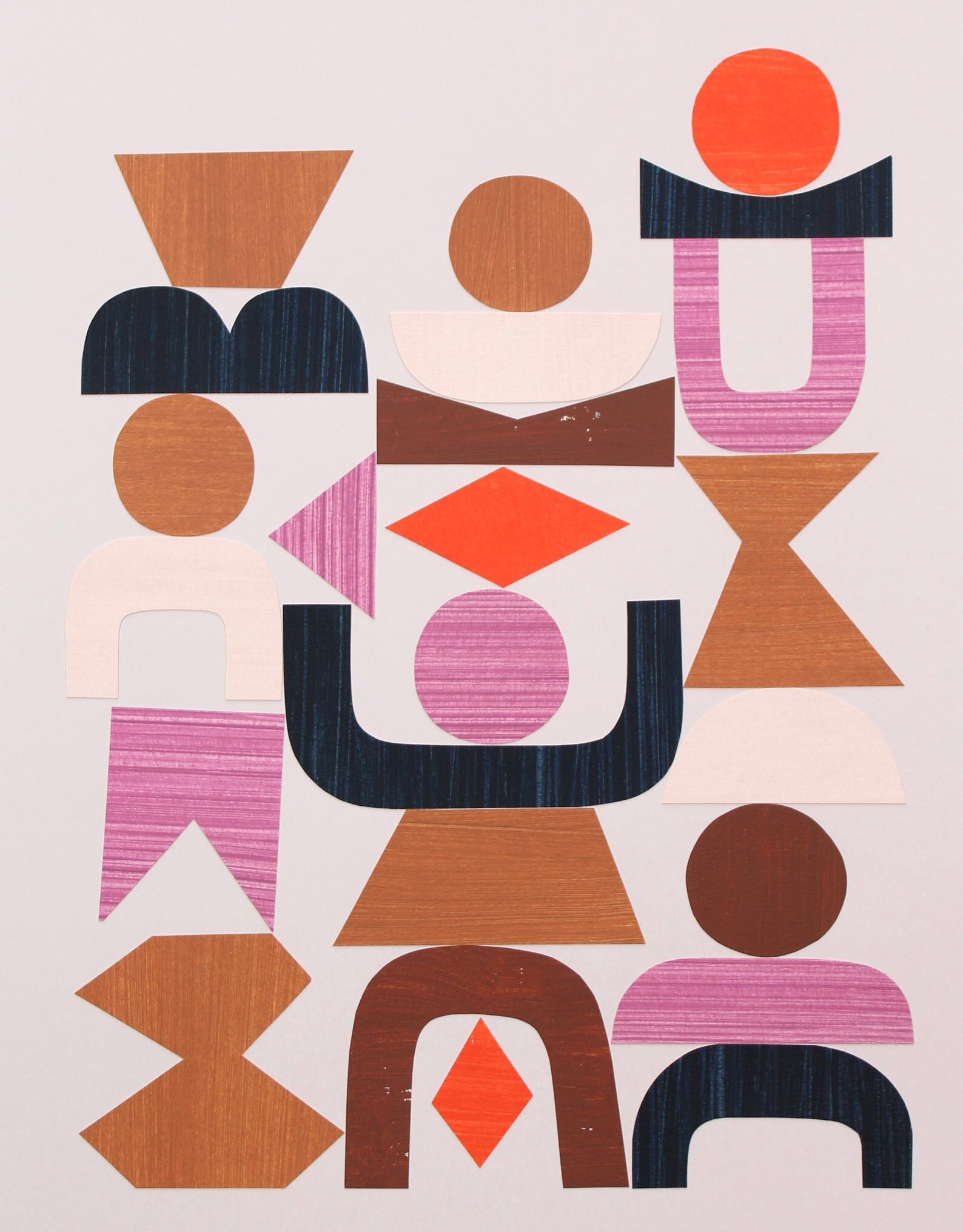
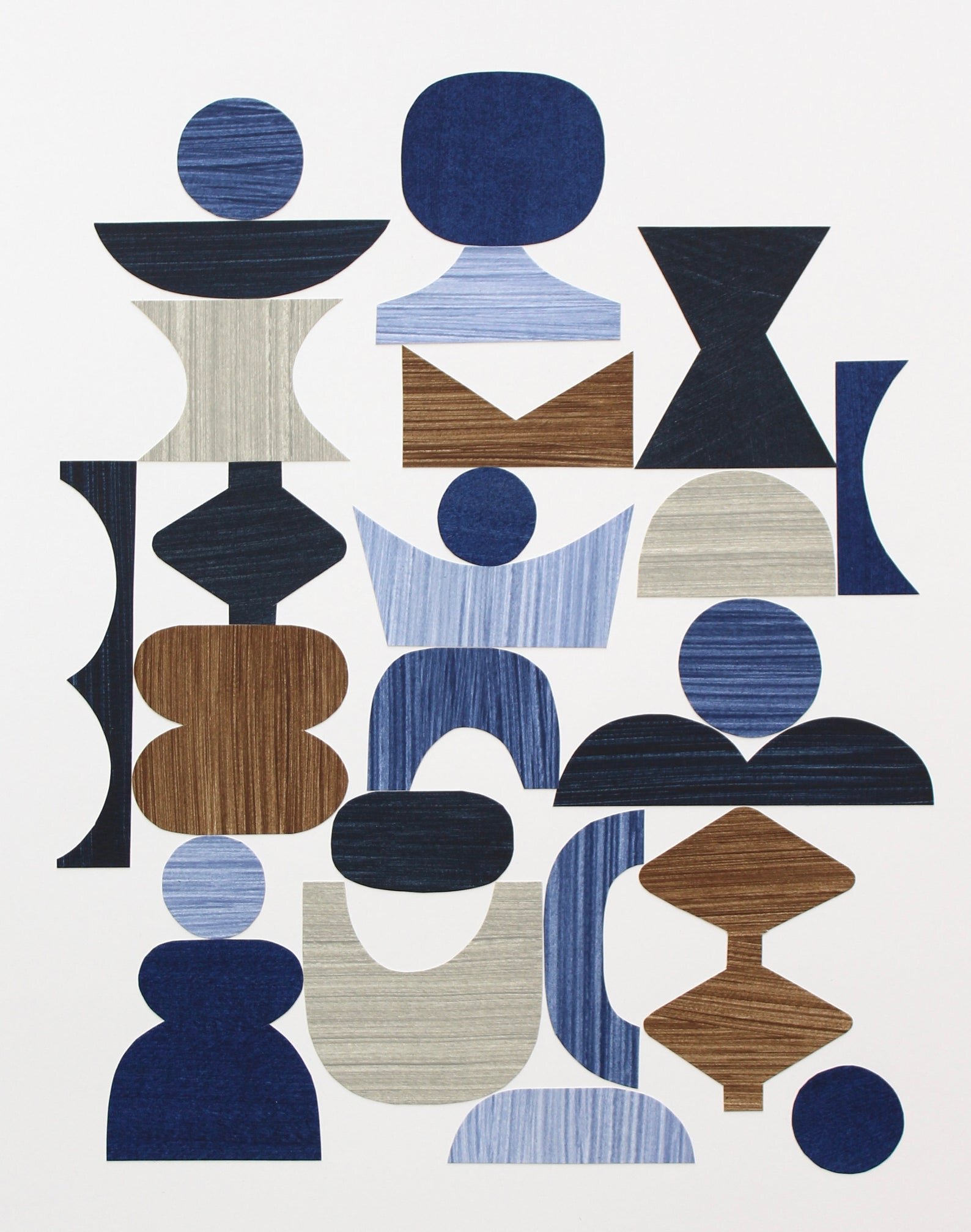
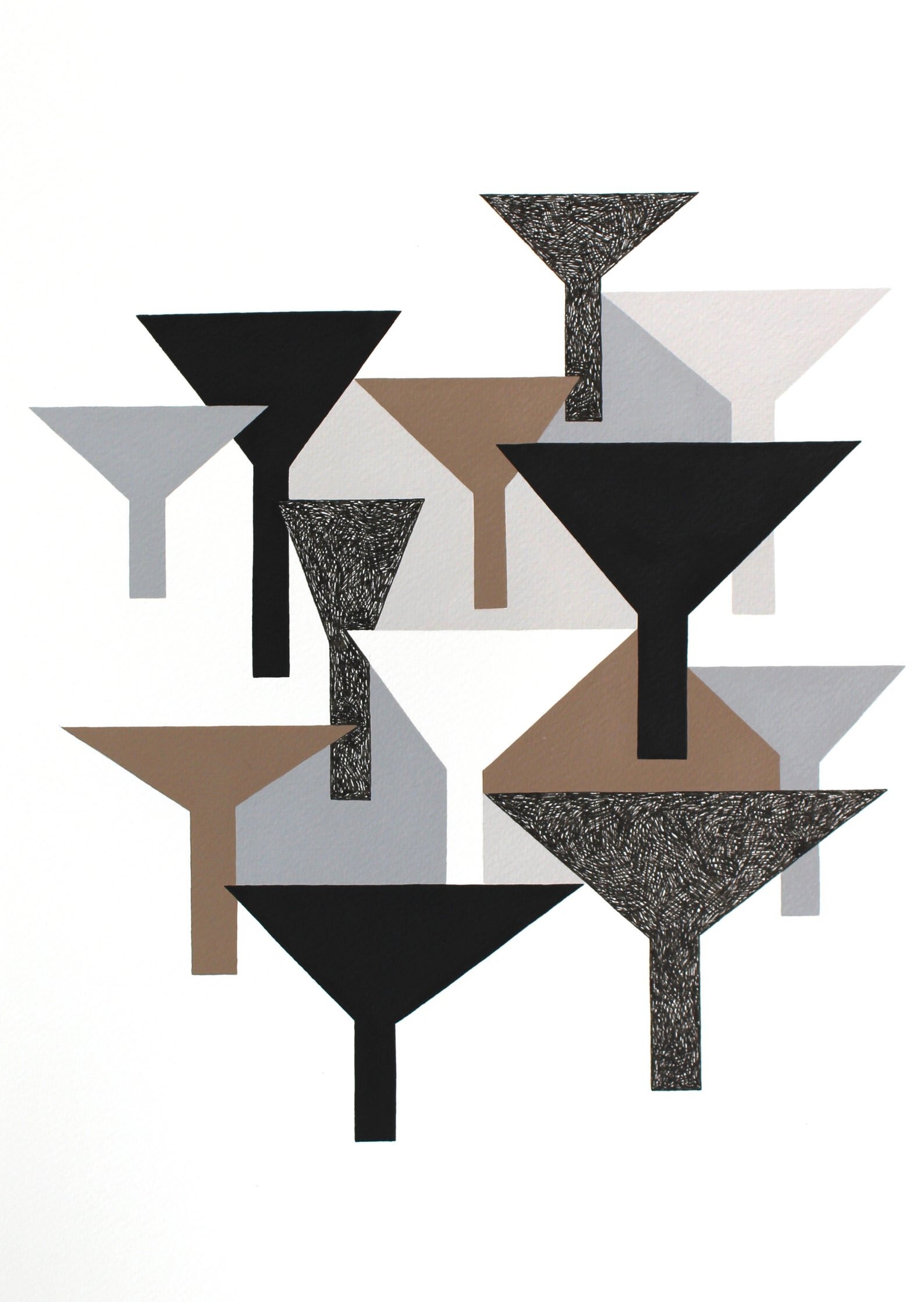
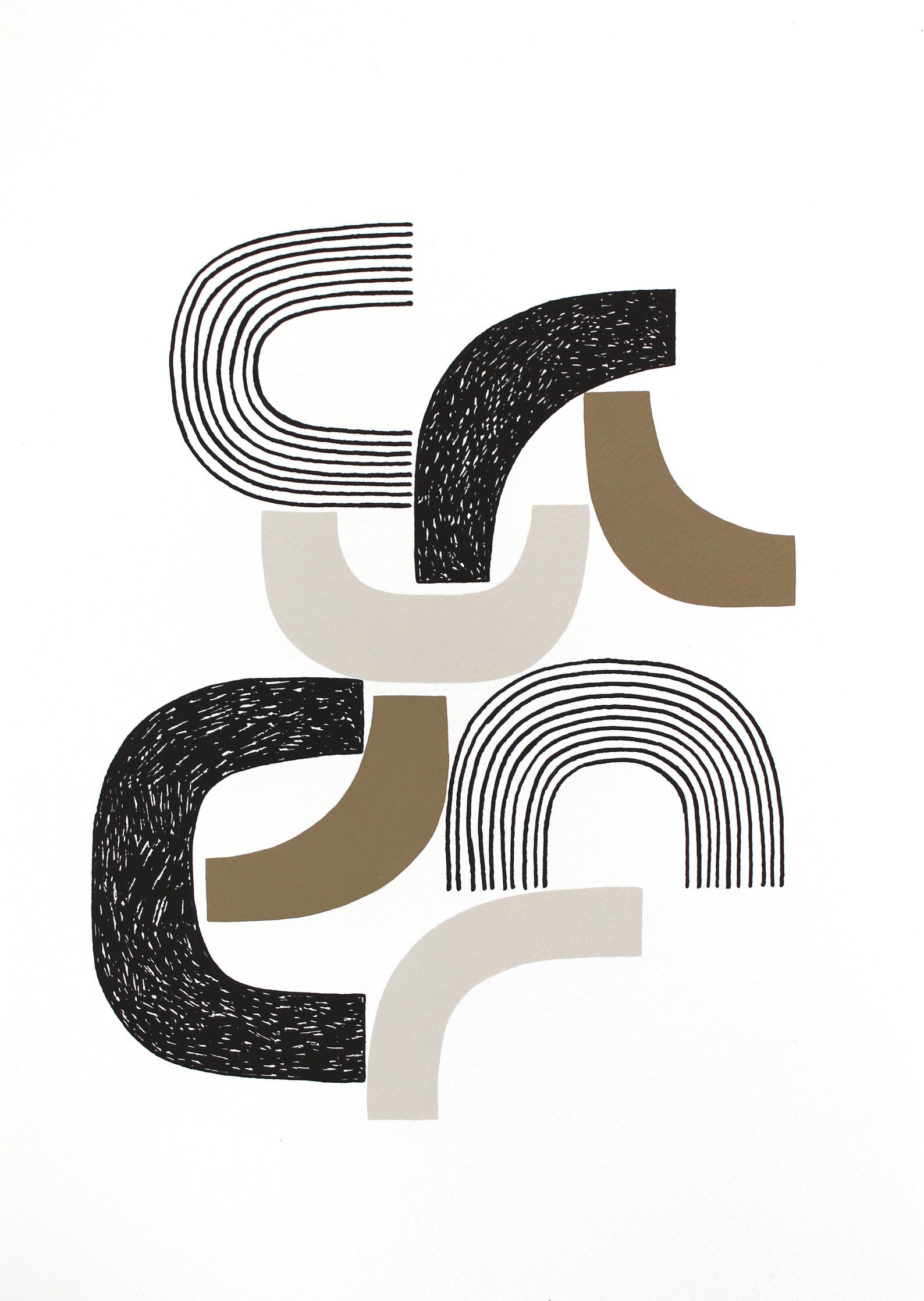
Danish designer, Cecilie Manz creates furniture, glass, lamps and related products, mainly for the home. In addition to her work with industrial products, her experimental prototypes and more sculptural one-offs make up an important part of her work and approach:
“I view all my works as fragments of one big, ongoing story where the projects are often linked or related in terms of their idea, materials and aesthetics, across time and function. Some objects remain experiments or sculpted ideas, others are made more concrete and turn into functional tools.
The task or project itself often holds the key to inspiration; ideas don’t come from waiting but from leg-work, drafting and trials. My work goes from the inside out, and a project has to possess a sound, strong and relevant idea or functional justification before I address the actual physical design. My work has always revolved around simplicity, the process of working toward a pure, aesthetic object.”



